
Sightseeing and attractions of the Main Market Square in Krakow
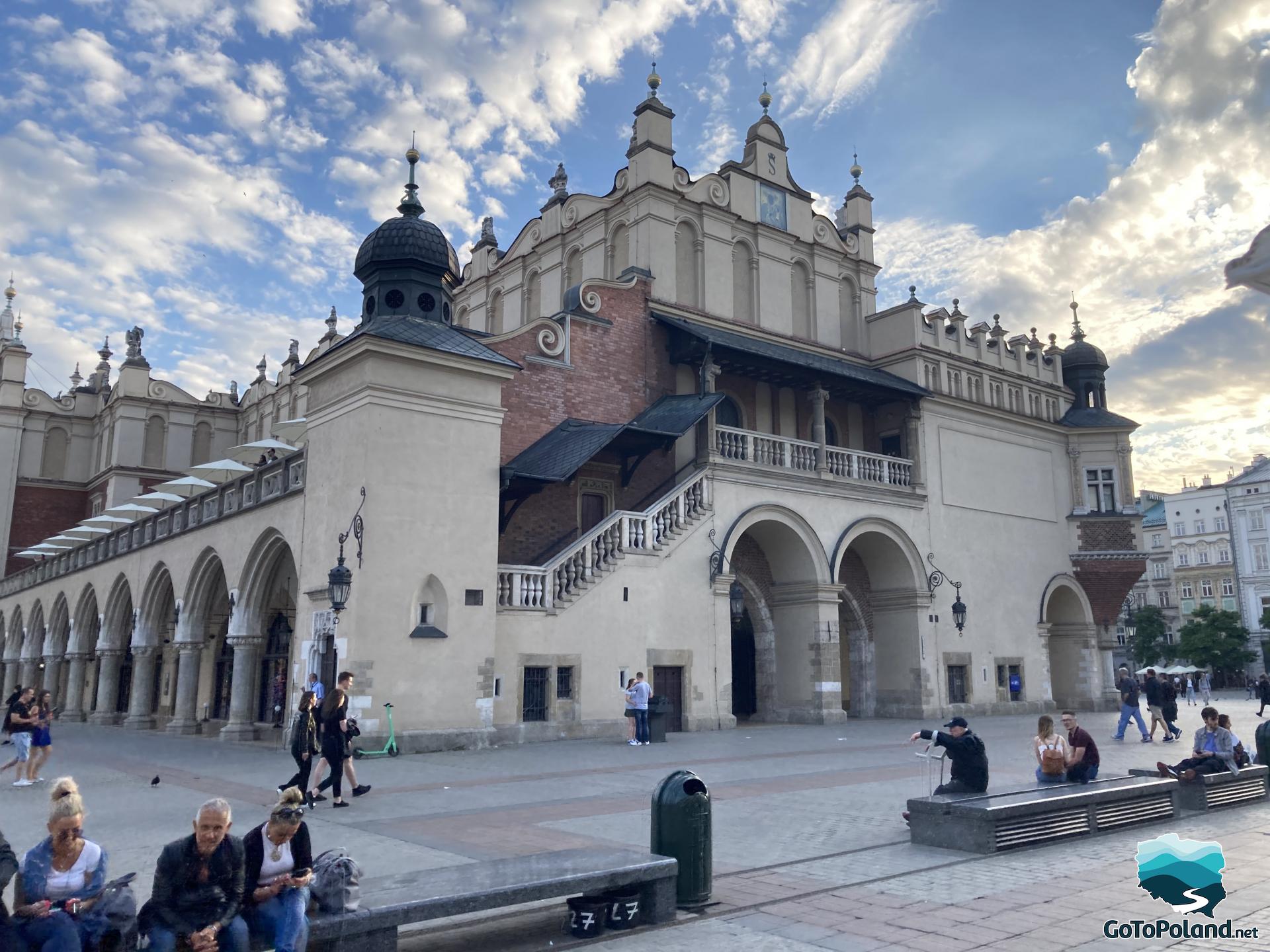
One of the largest Market Squares in Europe is teeming with life for most of the year. This is the heart of the city, inscribed on the FIRST UNESCO World Heritage List in 1978. The Main Square is surrounded by centuries-old tenement houses and palaces. The Main Square was the place of many great celebrations and historical events of the First Polish Republic. The most important was the homage to the King of Poland, Sigismund I, by the Prussian prince Albrecht Hohenzollern in 1525. On March 24, 1794, Tadeusz Kościuszko, the Supreme Commander of the National Armed Forces, swore an oath to the Nation, starting the Kościuszko Uprising. The Main Square also witnessed the entry of Prince J. Poniatowski in 1809 (when the Austro-Polish war broke out in 1809, as the commander-in-chief of the Polish Army, he defended access to the capital with great personal courage in the battle of Raszyn. He was considered a national hero). In the Sukiennice, there were balls in honor of Napoleon. Krakow's market square is truly beautiful. I was especially delighted with St. Mary's Basilica and the phenomenal altar of Wit Stwosz. Frankly speaking I was charmed by everything what I saw.
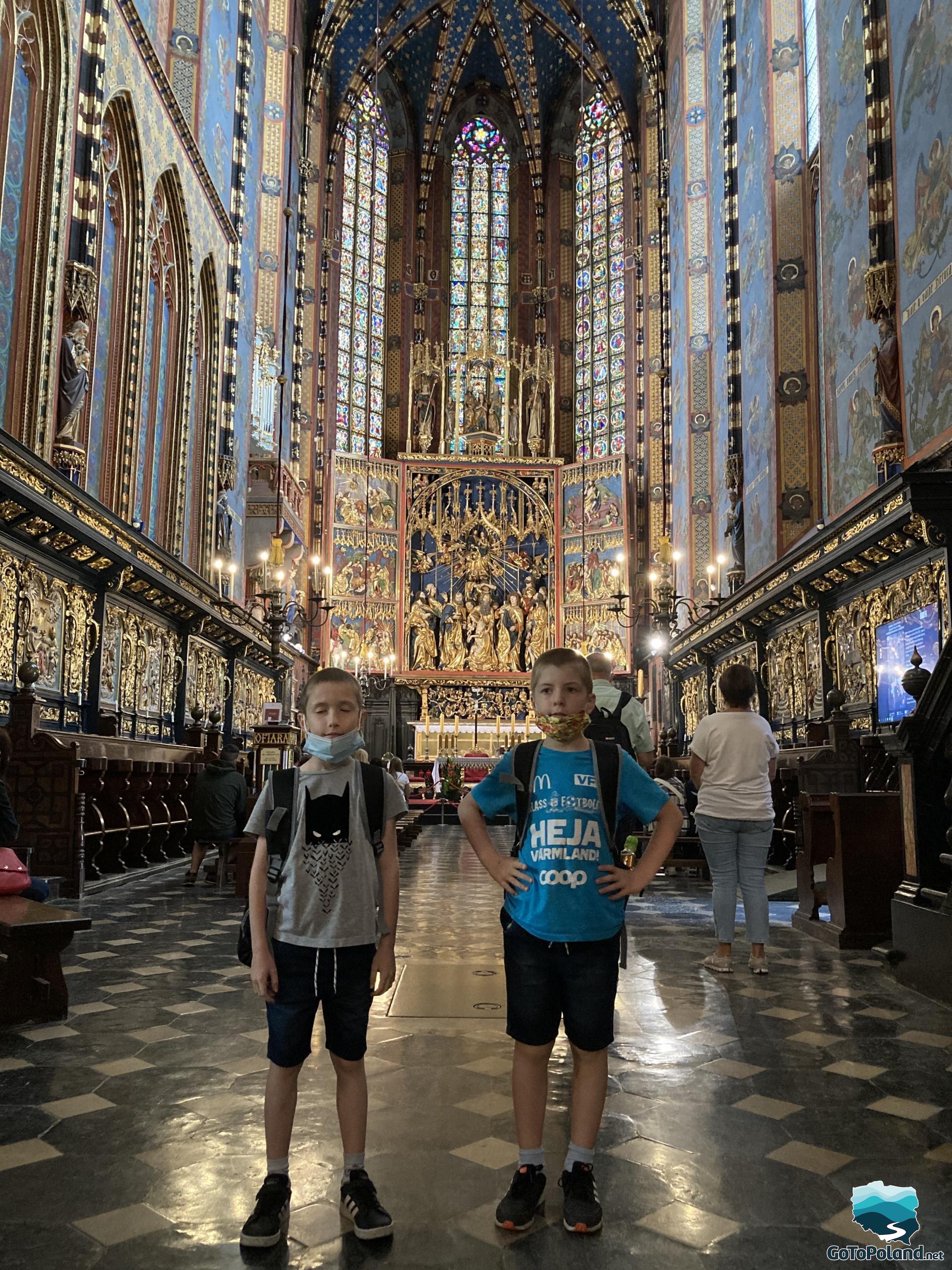
For me, the Main Square is unique, full of colors thanks to the florists selling flowers, good energy visible in performances, various sounds with the neighing of horses and the bugle call of St. Mary's Basilica, historical atmosphere lurking in the narrow streets running from the Main Square, flying pigeons, conversations in different languages, smiling faces. That is the Main Square in Krakow! Visit Krakow with me.
More information about the Main Square you can find on Wikipedia
What to see on the Main Square in Krakow?
You should definitely see the Krakow Cloth Hall (Sukiennice), St. Mary's Basilica and Saint Adalbert's Church (the smallest church I have been to).
What else to see apart from the Main Square in Krakow?
I recommend visiting Kazimierz and the Wawel Hill.
What is in the Krakow Cloth Hall (Sukiennice)?
Today, there are two rows of stalls, mainly with jewelry, souvenirs and handicrafts. On the first floor of the Cloth Hall there is the Gallery of Polish Painting and Sculpture of the 19th century. It is a branch of the National Museum. Historic and efficient gas lighting has been preserved under the outer part of the Cloth Hall.
Is there a museum in Cloth Hall (Sukiennice)?
In 2010, a branch of the Historical Museum of the City of Krakow was opened called Underground of the Main Square, the entrance to which is located in the Cloth Hall. Visitors wander underground around the Cloth Hall along glass ramps and footbridges, suspended above the old routes, including the cobblestones of the medieval Cloth Hall.
Is entrance to the Underground of the Main Square free?
On Tuesdays, admission is free, but you need to book your ticket online, preferably two weeks in advance.
The Underground of the Main Square opening hours.
Monday/Wednesday/Thursday - 10.00- 19.00, Tuesday - 10:00 - 14:00, Friday/Saturday/Sunday - 10:00 - 20:00. The second Monday of the month The Underground of the Main Square is closed. Last admission to the exhibition is 75 minutes before closing. There are a few days when The Underground of the Main Square is closed (the list of these days is on the official website).
When does the Wit Stwosz altar open?
The altar is open from Monday to Saturday from 11.50 to 18.00. On Sundays and holidays the altar is open from 14.10 to 18.00. On selected Sundays and celebrations there will be no altar opening ceremony.
St. Mary's Basilica opening hours.
Monday to Saturday - 11:30 - 18:00, Sundays and holidays - 14:00 -18:00
How much does the entrance to the St. Mary's Basilica cost?
Tourists are asked to purchase symbolic bricks intended for the maintenance of St. Mary's Church. Large donation PLN 15, small donation for children, seniors and pensioners PLN 8.
I hope you can see all my description in my photos :) but first special for you two short videos from the Main Square.
June night, I was right when I wrote that Krakow is teeming with life :) judge for yourselves :)
And here is a little surprise, the cult ballad "Nothing Else Matters" vs bugle call. Listen carefully ;)
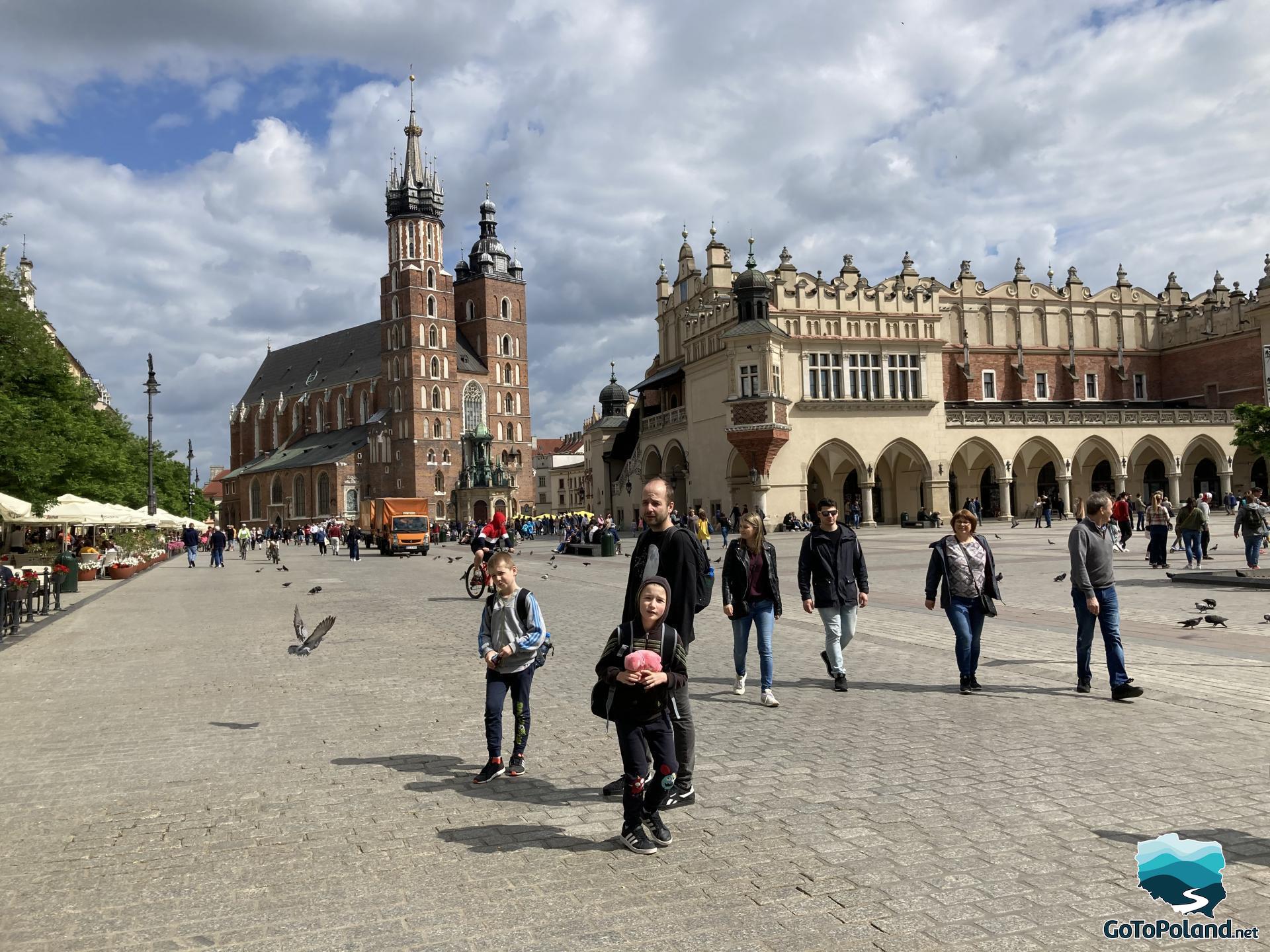
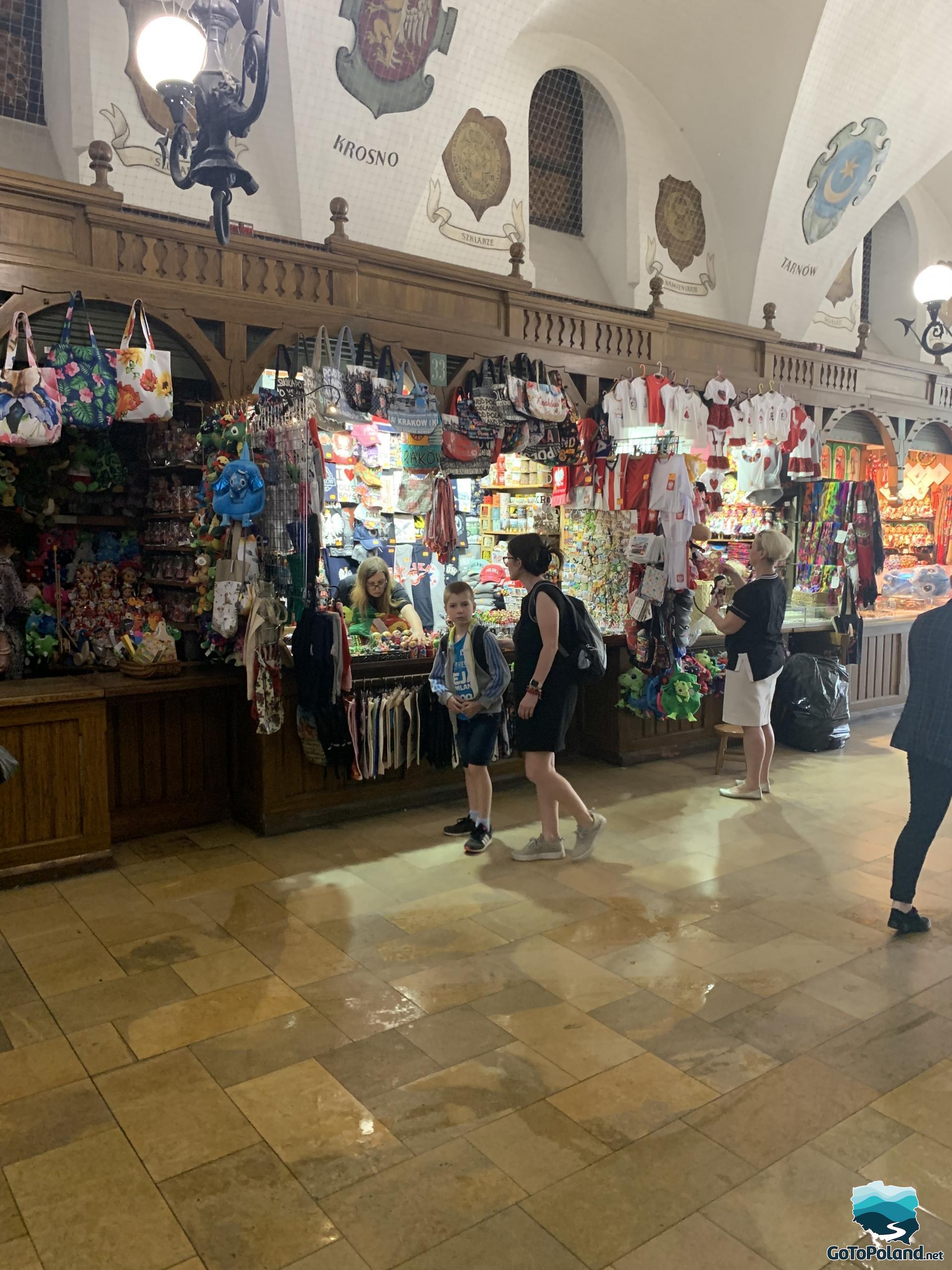
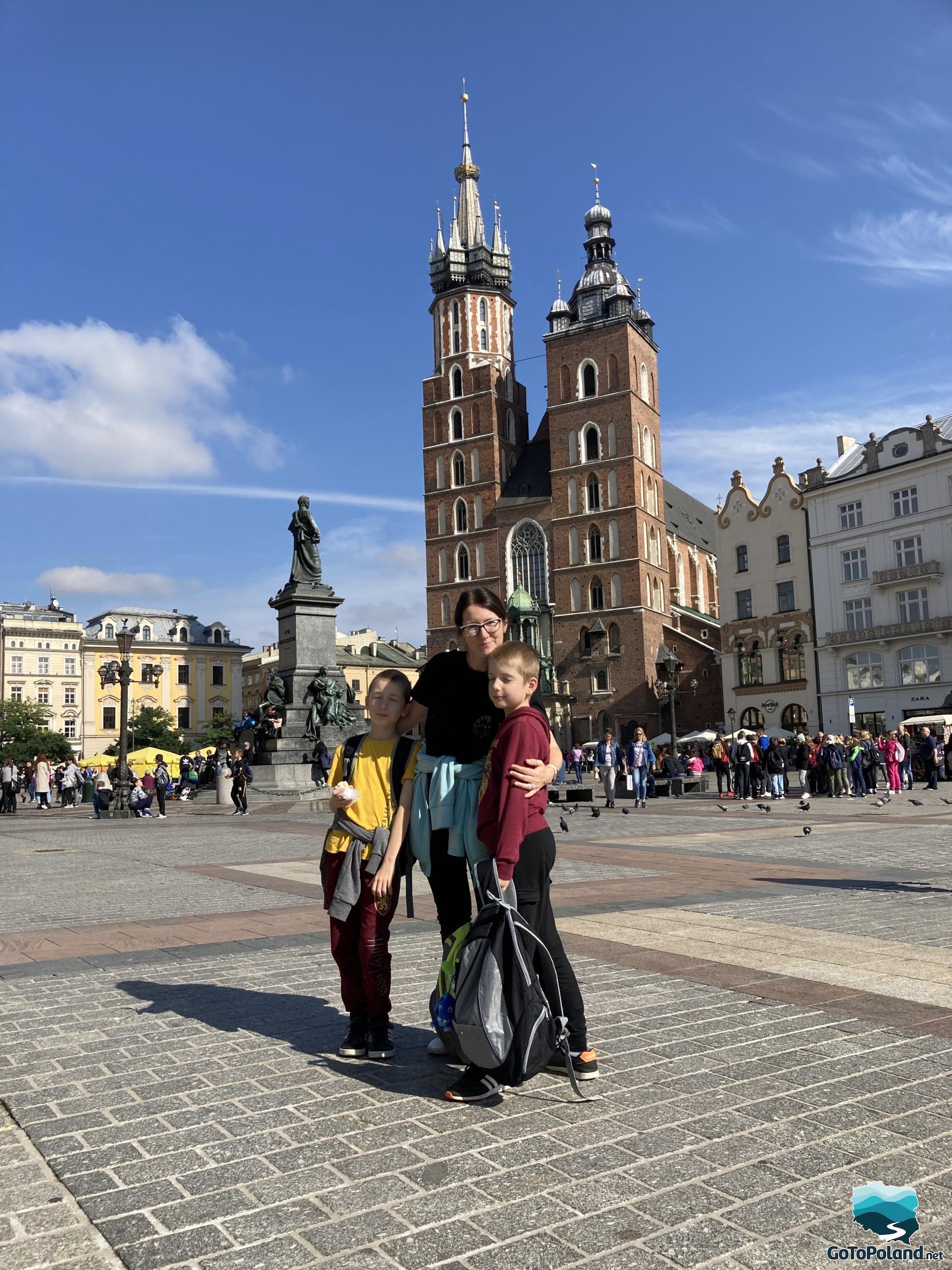
The bugle call is played every hour from the north tower of St. Mary's Basilica by a trumpeter. Twenty-four-hour shifts are performed at the same time by two bugle callers, mostly firefighters of the State Fire Service. The position of the bugle caller is over fifty meters above the ground, because St. Mary's Tower is 54 meters high. You have to climb 271 steps to get there. Therefore, the requirements for candidates are very demanding. These include 12 pull-ups on the bar, a good time in the kilometre run and 50-meter run, as well as the ability to walk on a ladder set at an angle of 75 degrees.
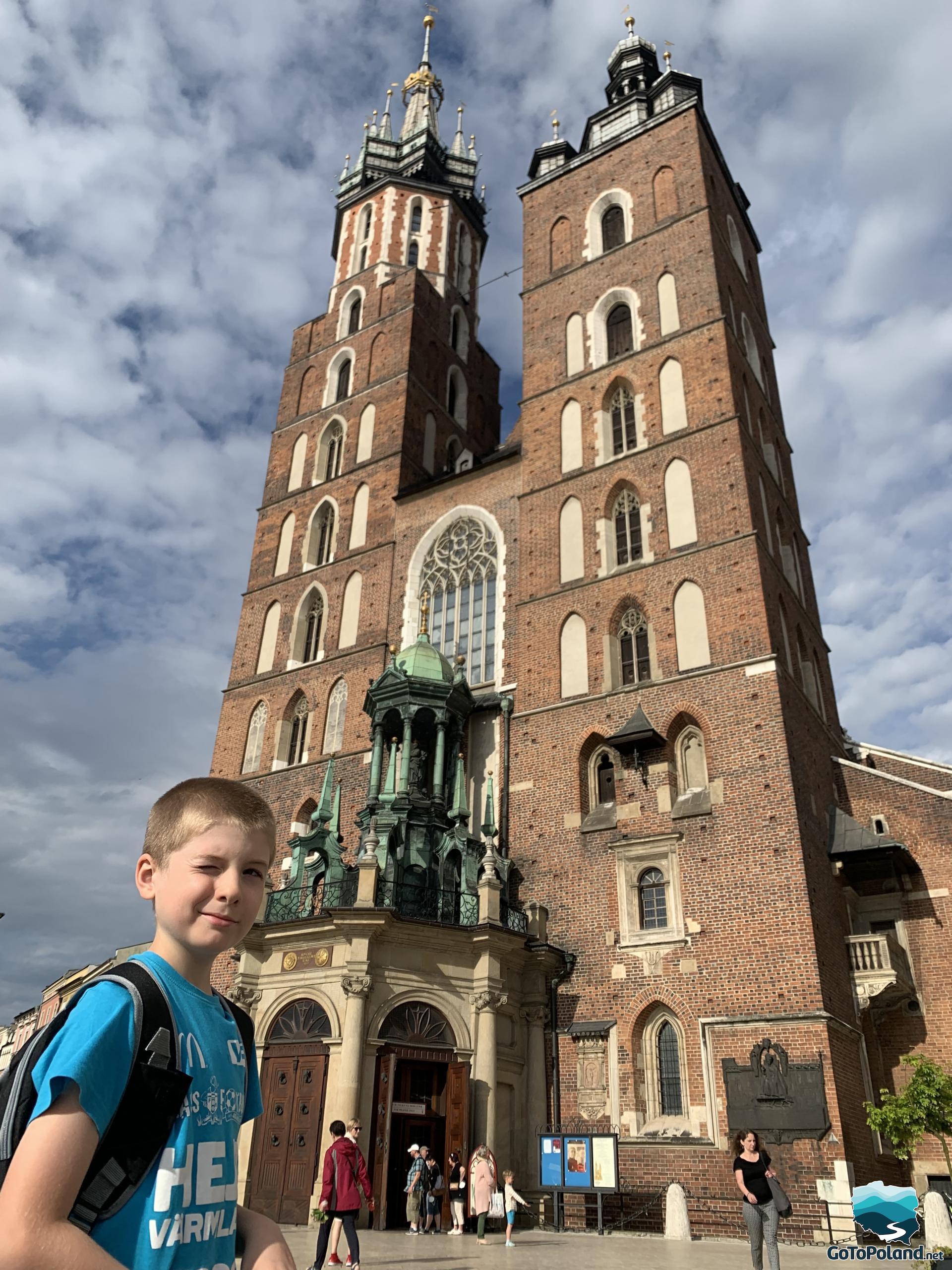
In the second half of the 14th century, an elongated single-nave presbytery covered with a stellar vault was built. Light enters the interior through tall stained-glass windows. Medieval stained glass remains in only three windows; the rest come from the 19th century, and were made, among others, by Stanisław Wyspiański and Józef Mehoffer.
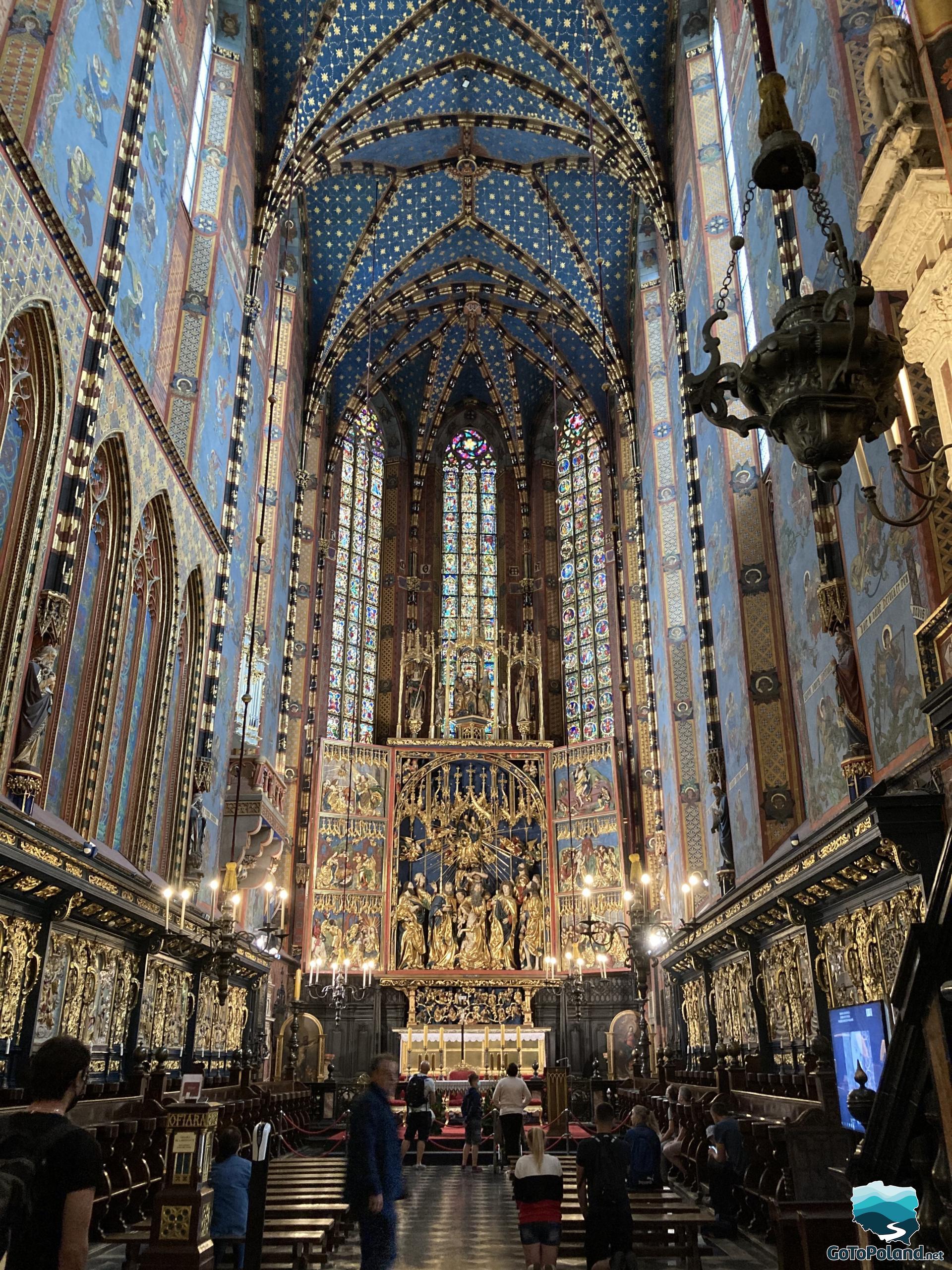
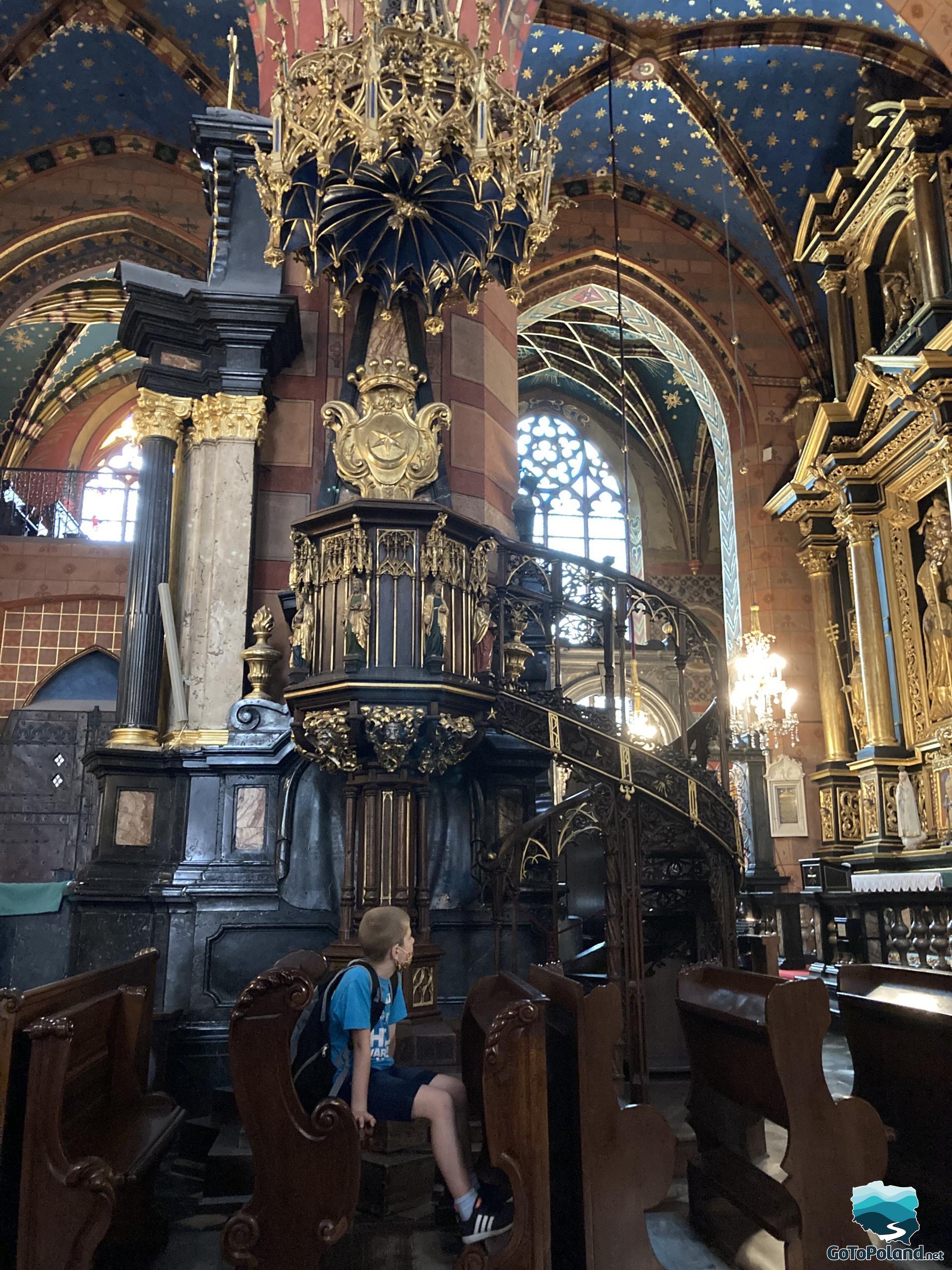 | 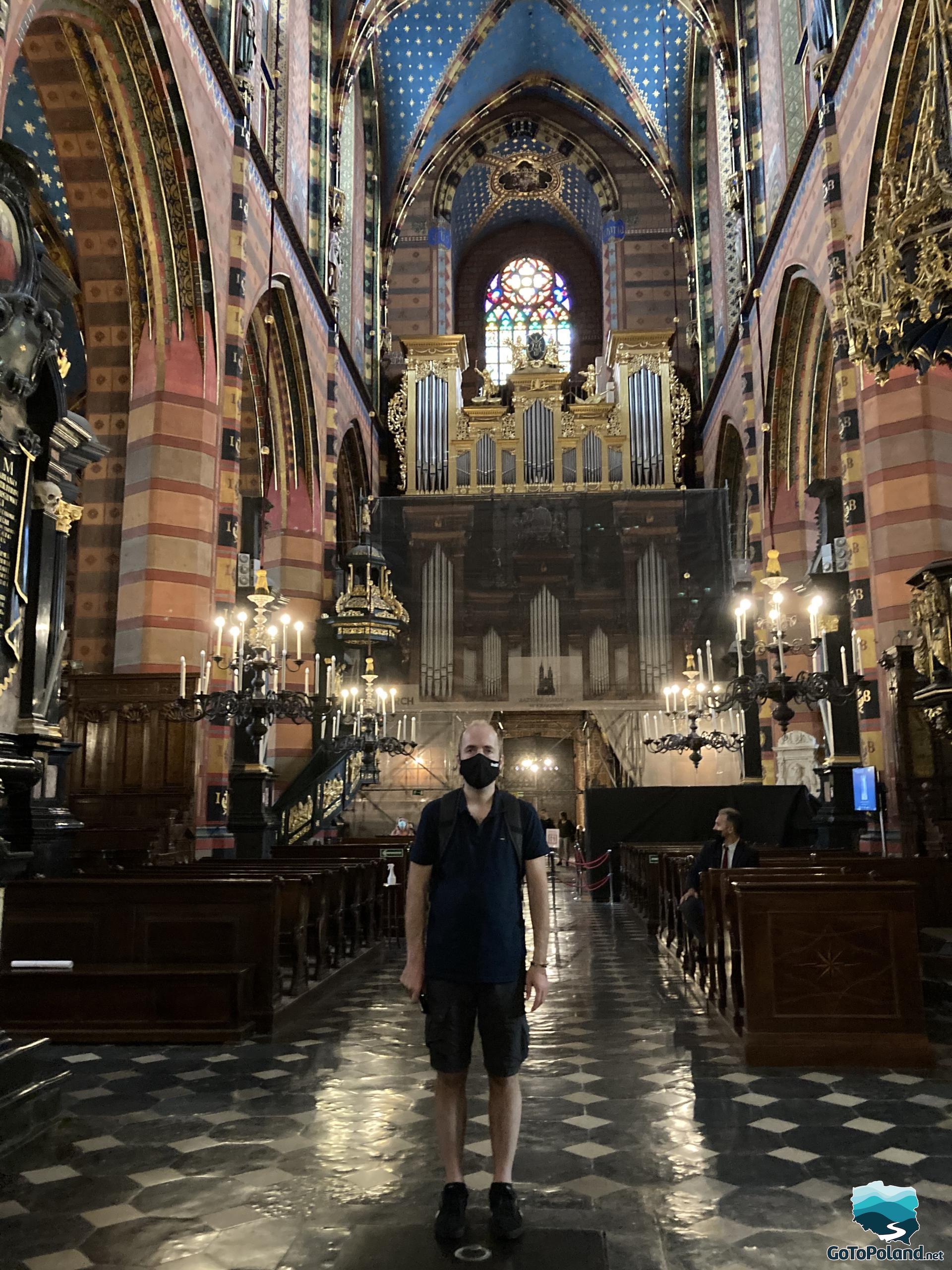 |
The altar of the Dormition of the Blessed Virgin Mary is one of the most outstanding works of late Gothic sculpture in Europe. It was created by Wit Stwosz. Works on the Wit Stoss altar lasted from 1477 to 1489. The altar was made of three types of wood. The structure is made of hard oak, the background is made of lighter but equally strong larch, and the figures are carved in soft and flexible linden wood.
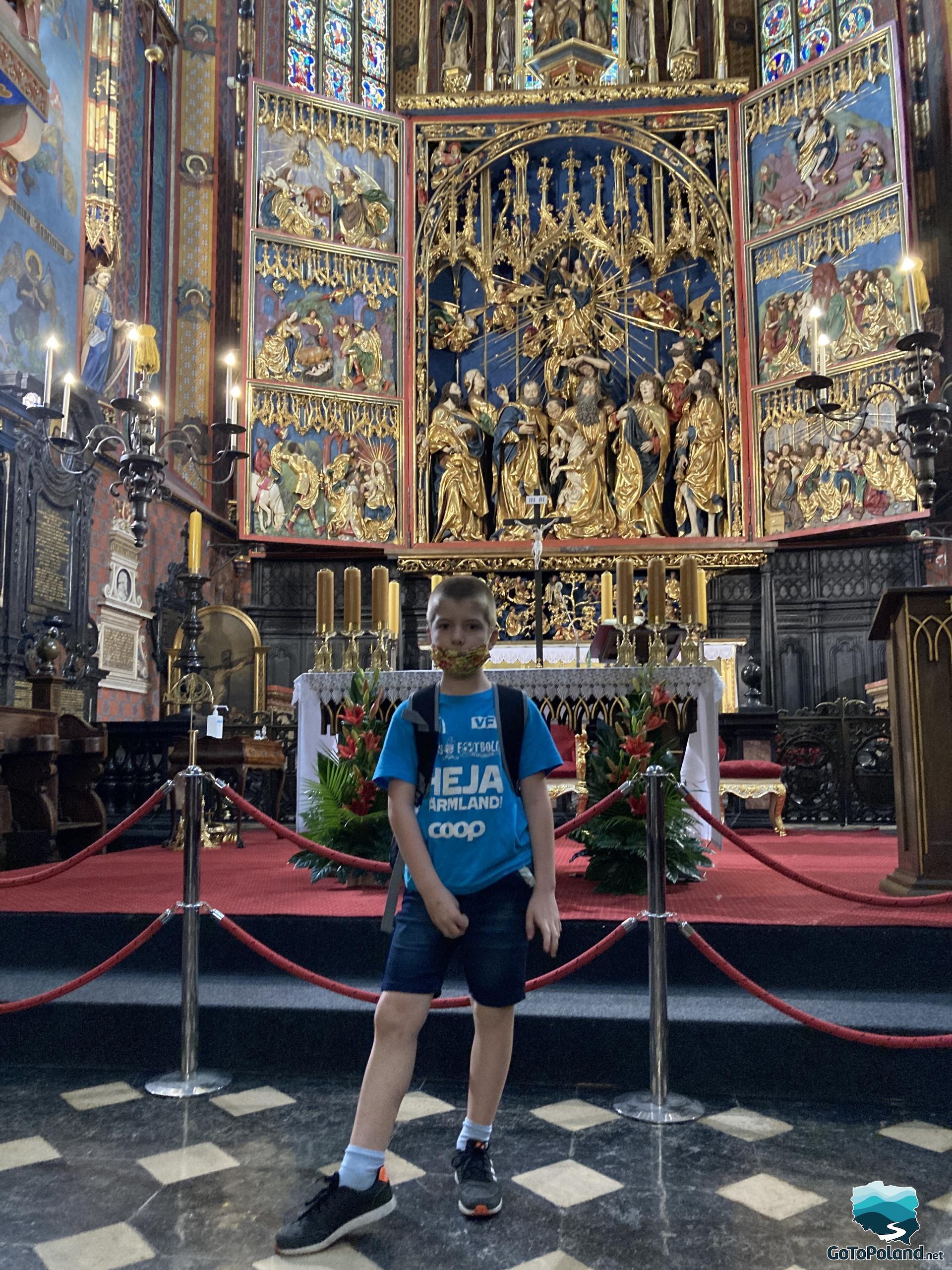
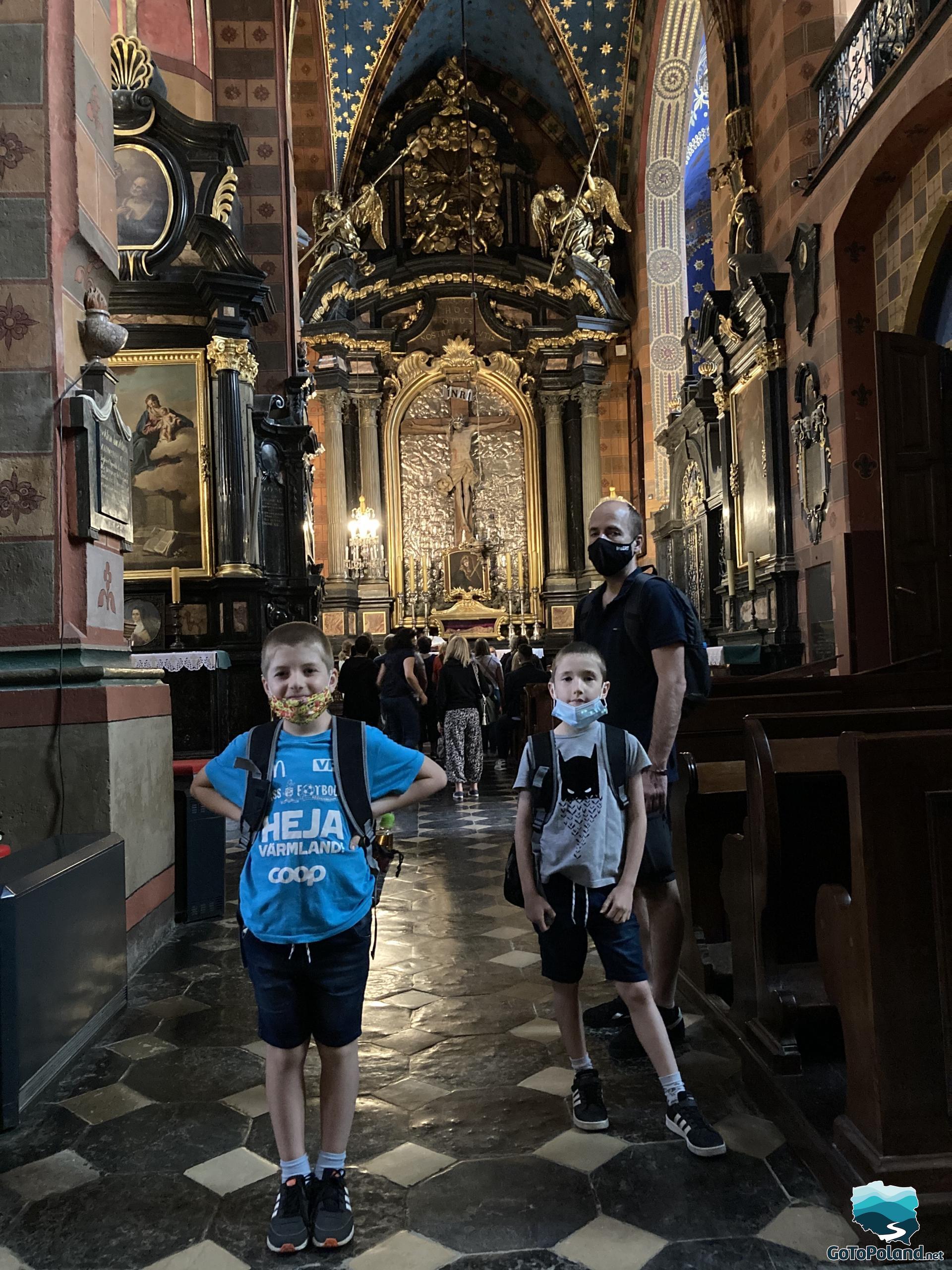 | 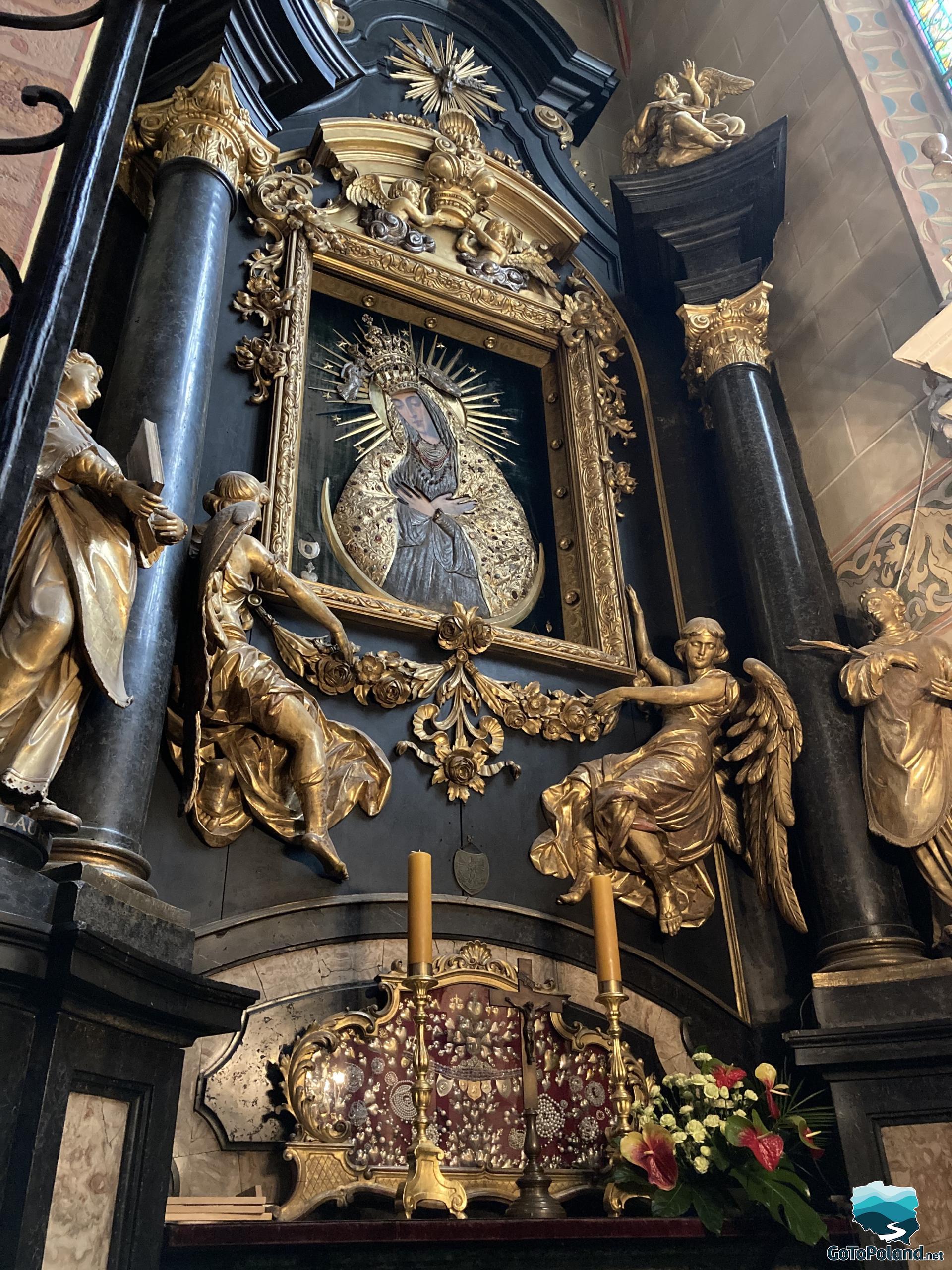 |

We are in the Underground of the Main Square. There are many extremely interesting exhibits: former homesteads, huts, fragments of roads, and even graves. Many objects of former inhabitants of Krakow. Lots of multimedia exhibitions and movies.
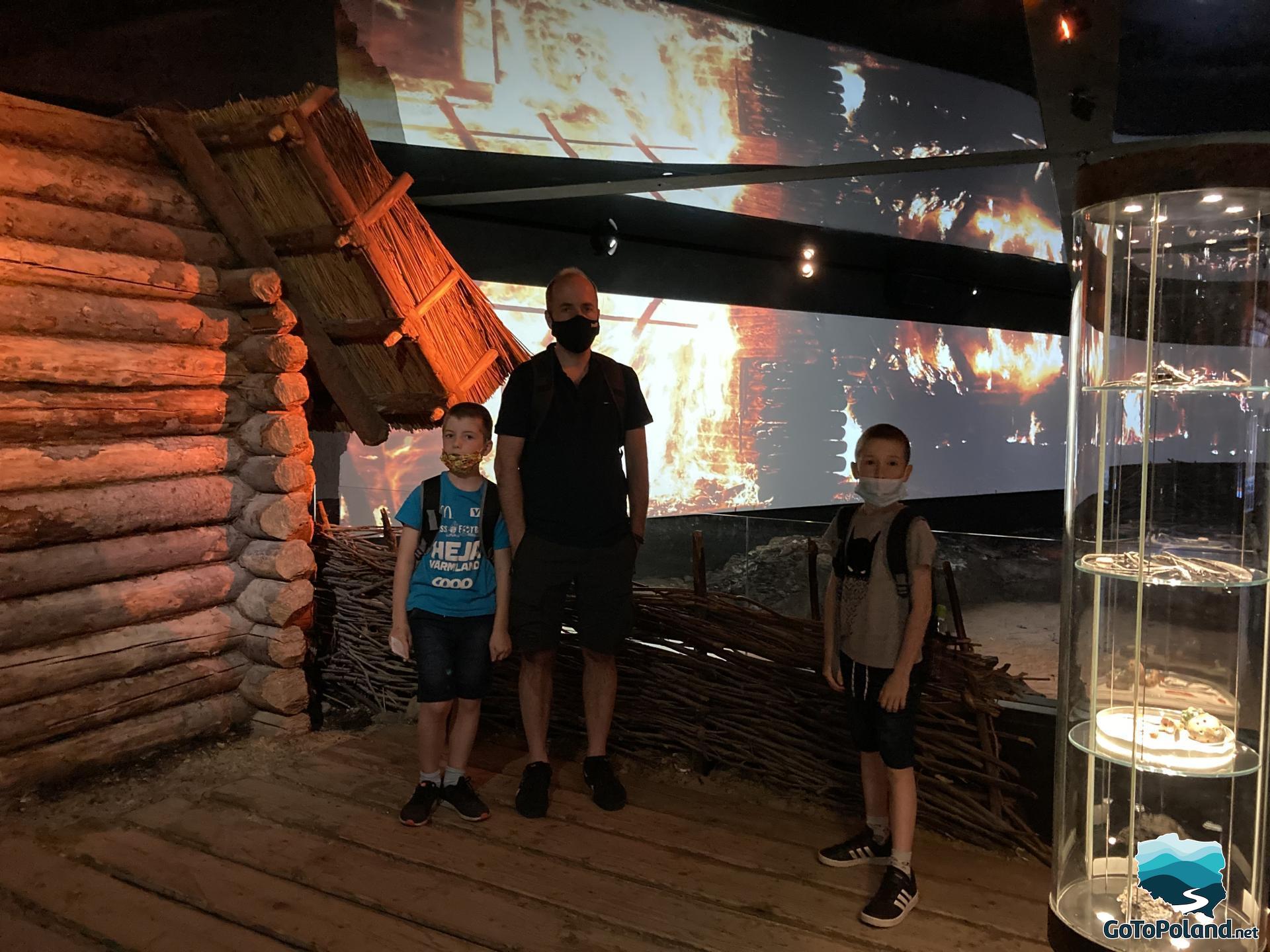
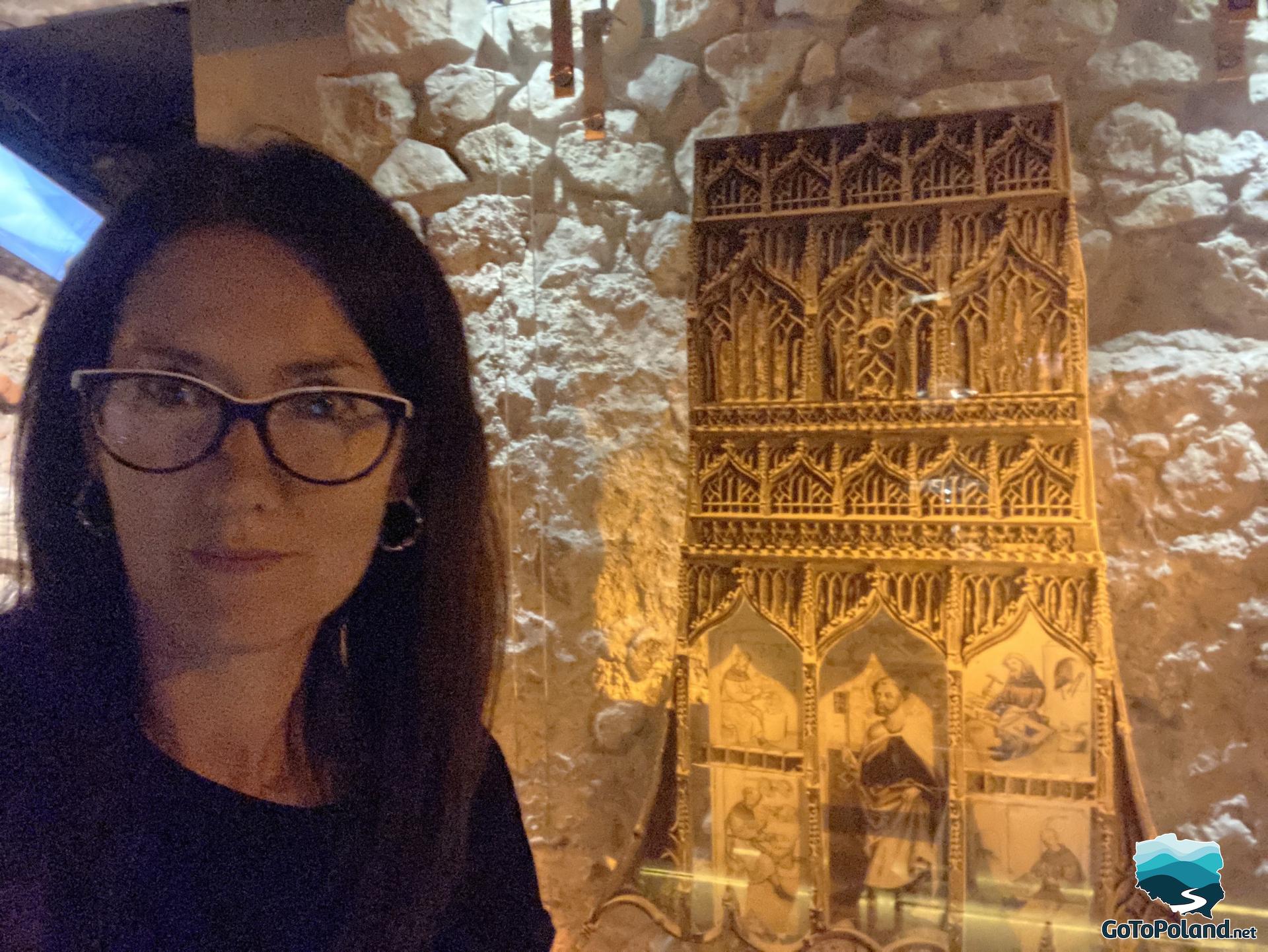
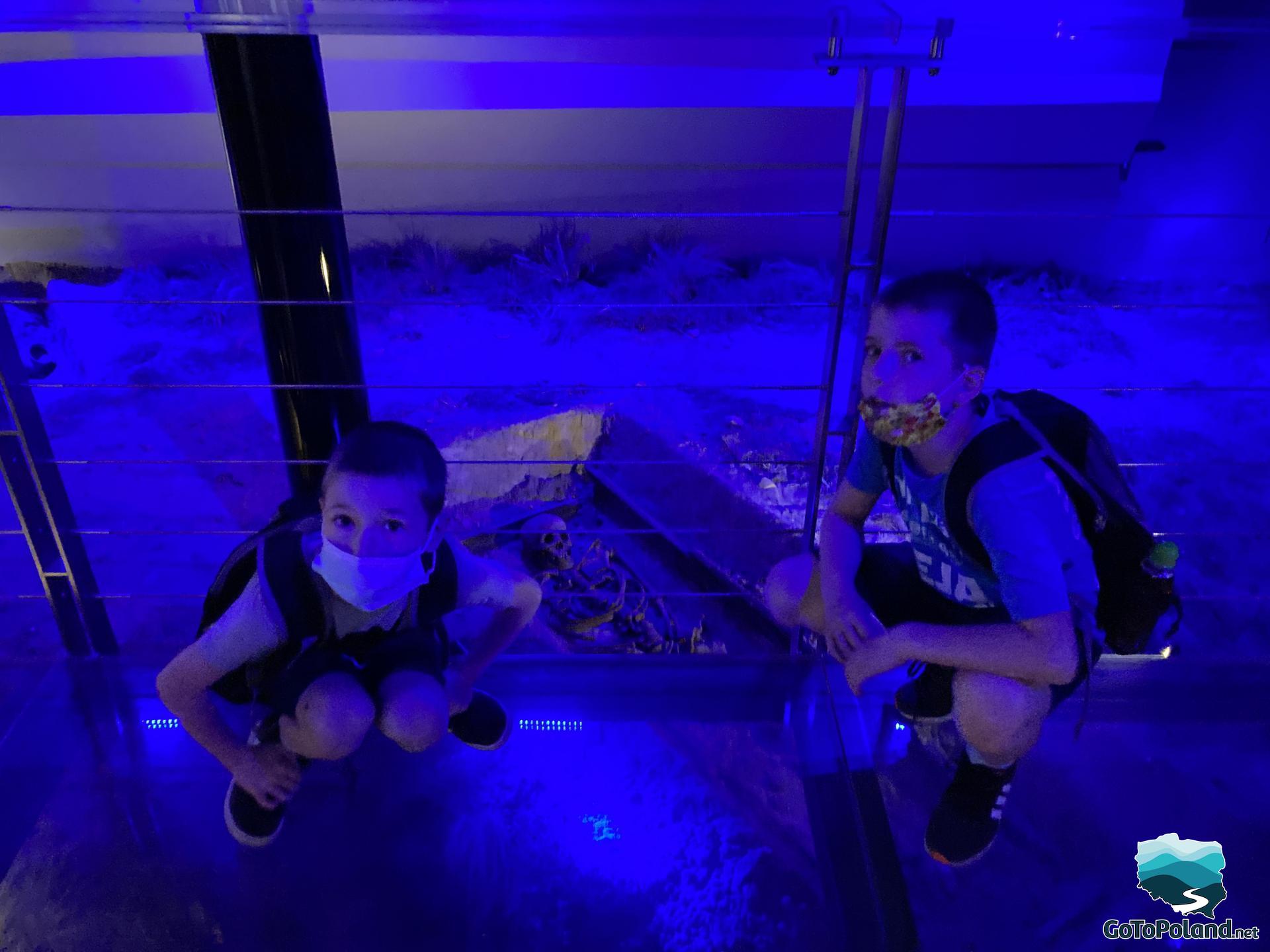
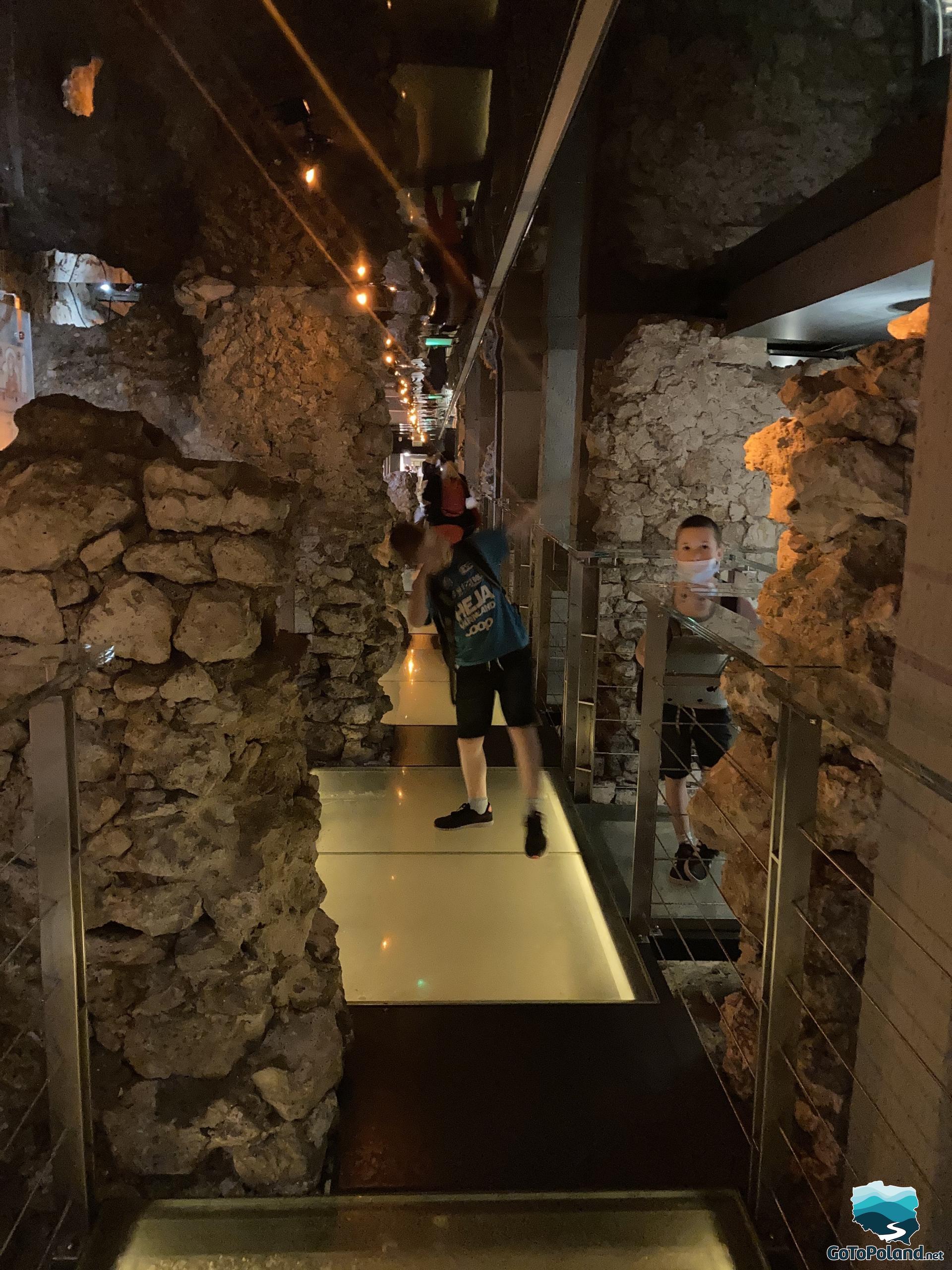
When we went to Venice, I promised myself that I would swim a gondola at least once in my life. It was no different in Krakow. I wanted to feel the spirit of past years and I got into the carriage (after assuring the coachman that the horses are treated with great respect, that they are well cared and not overused).
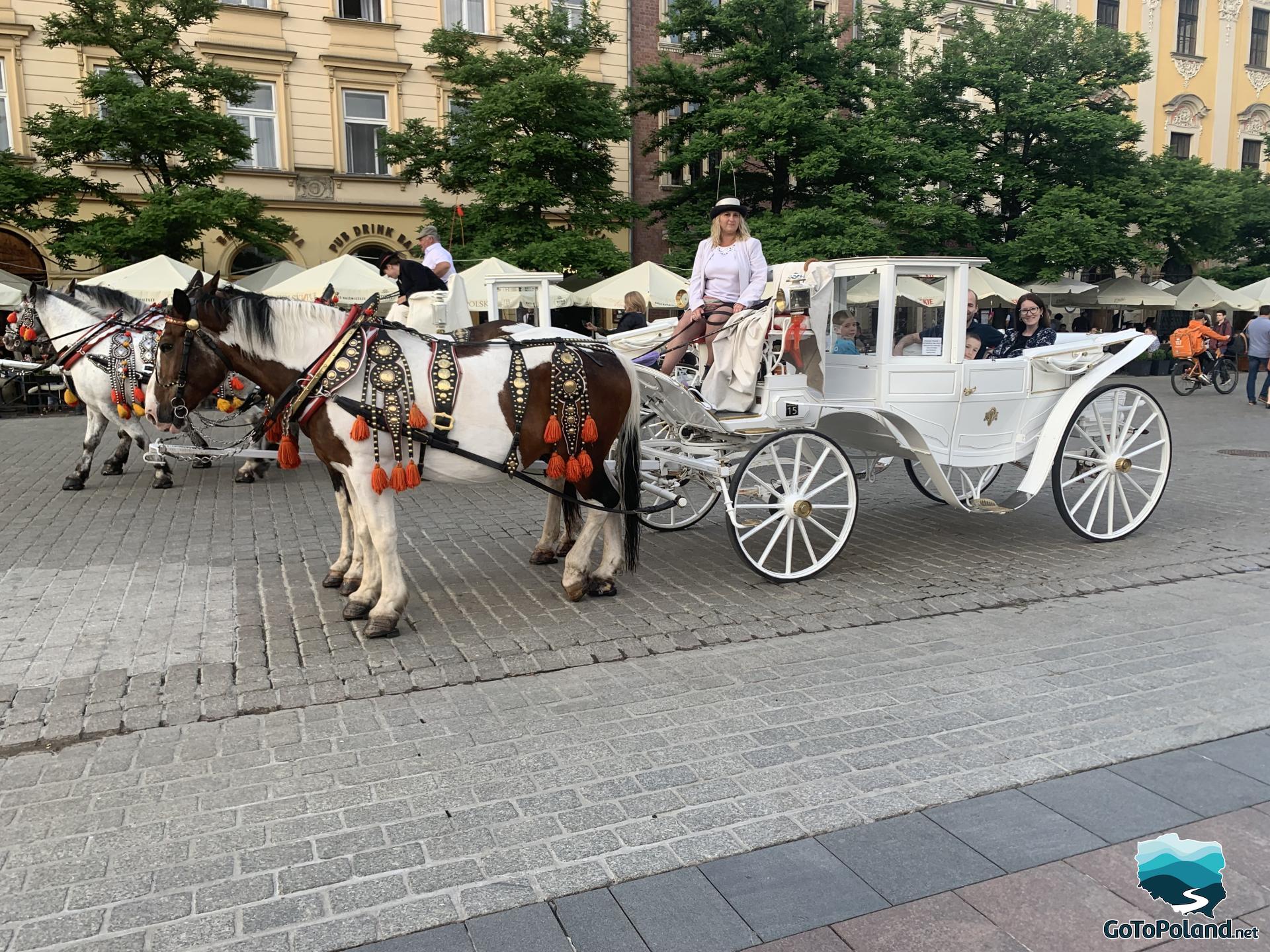
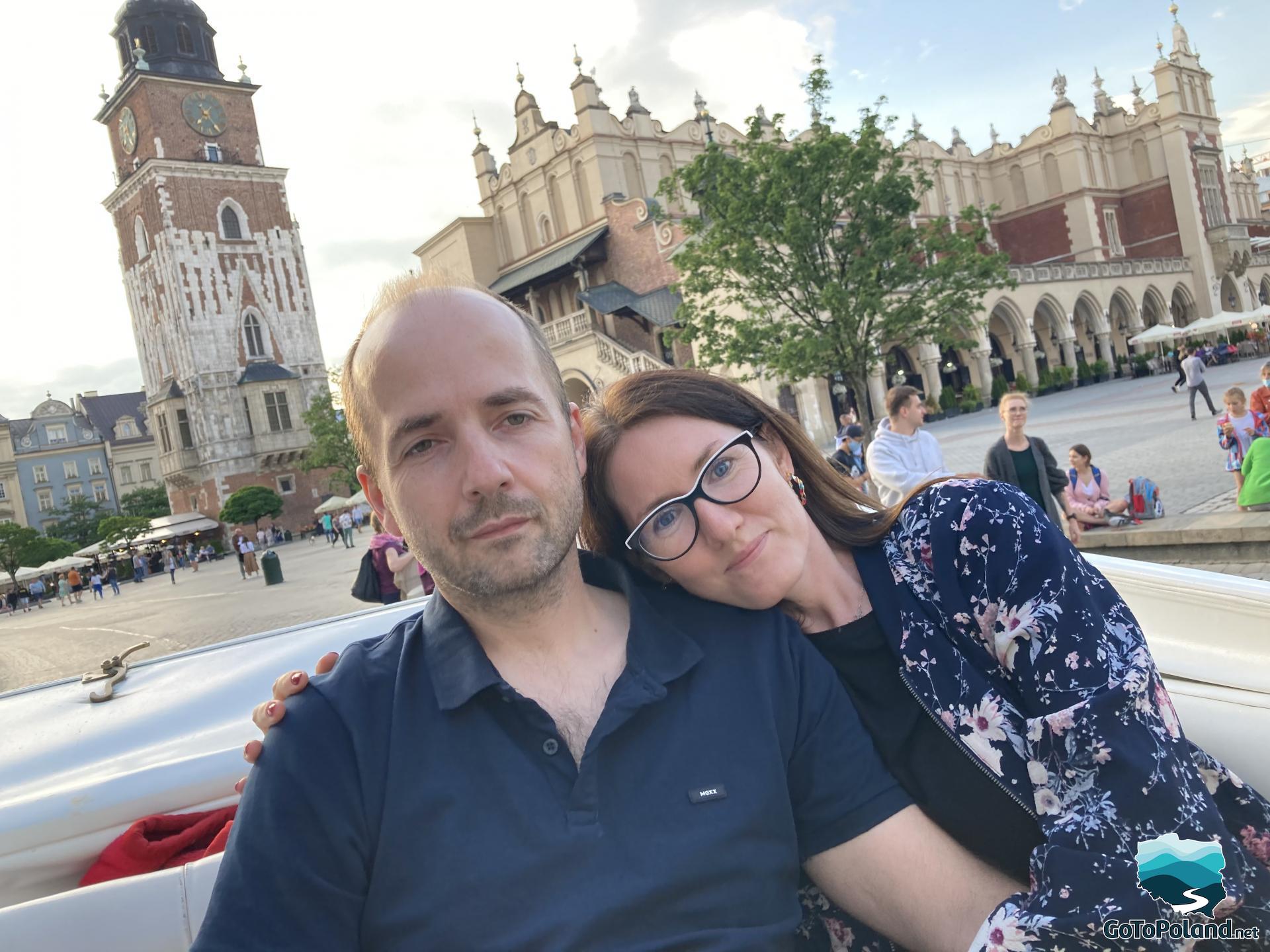
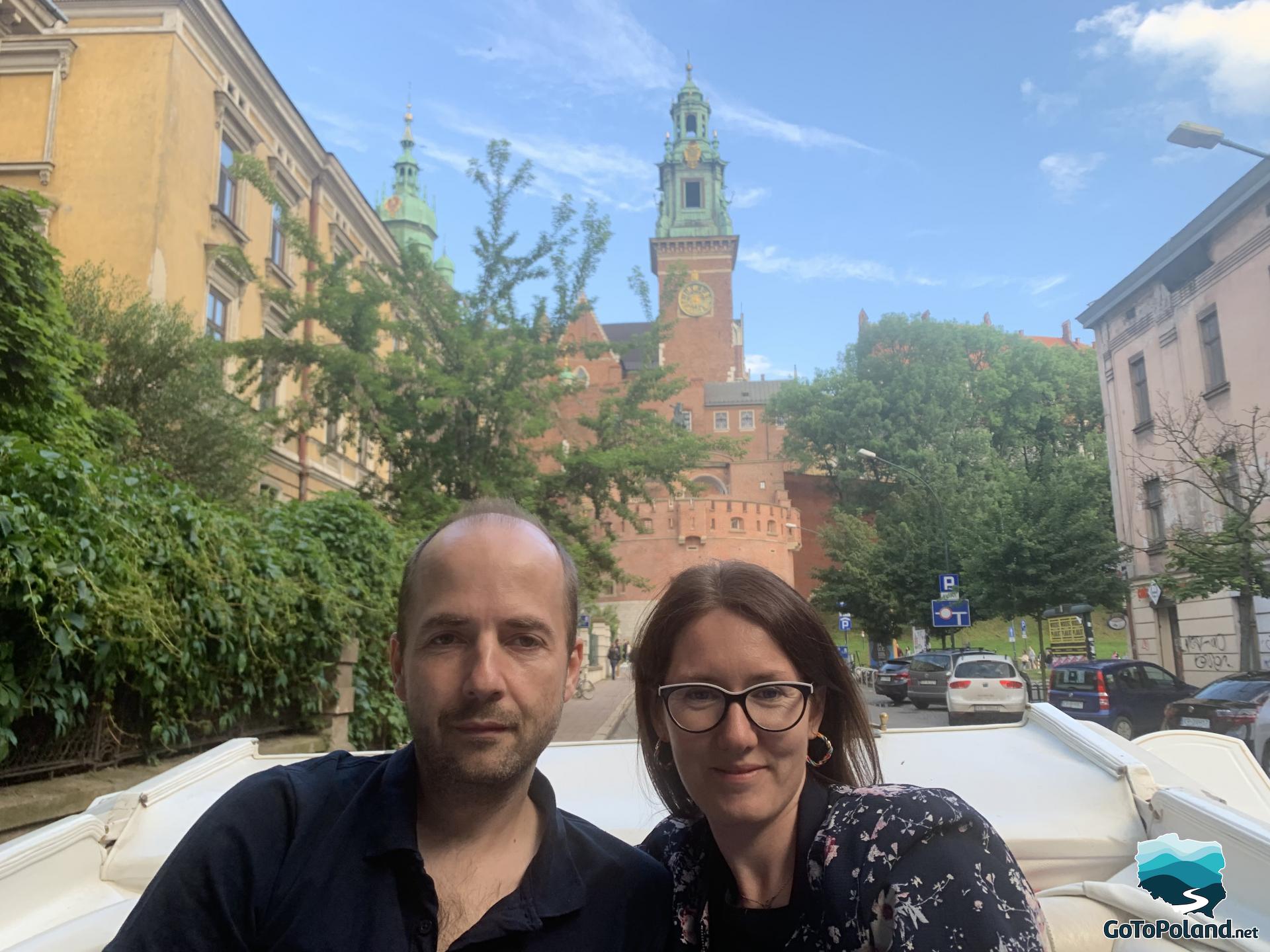

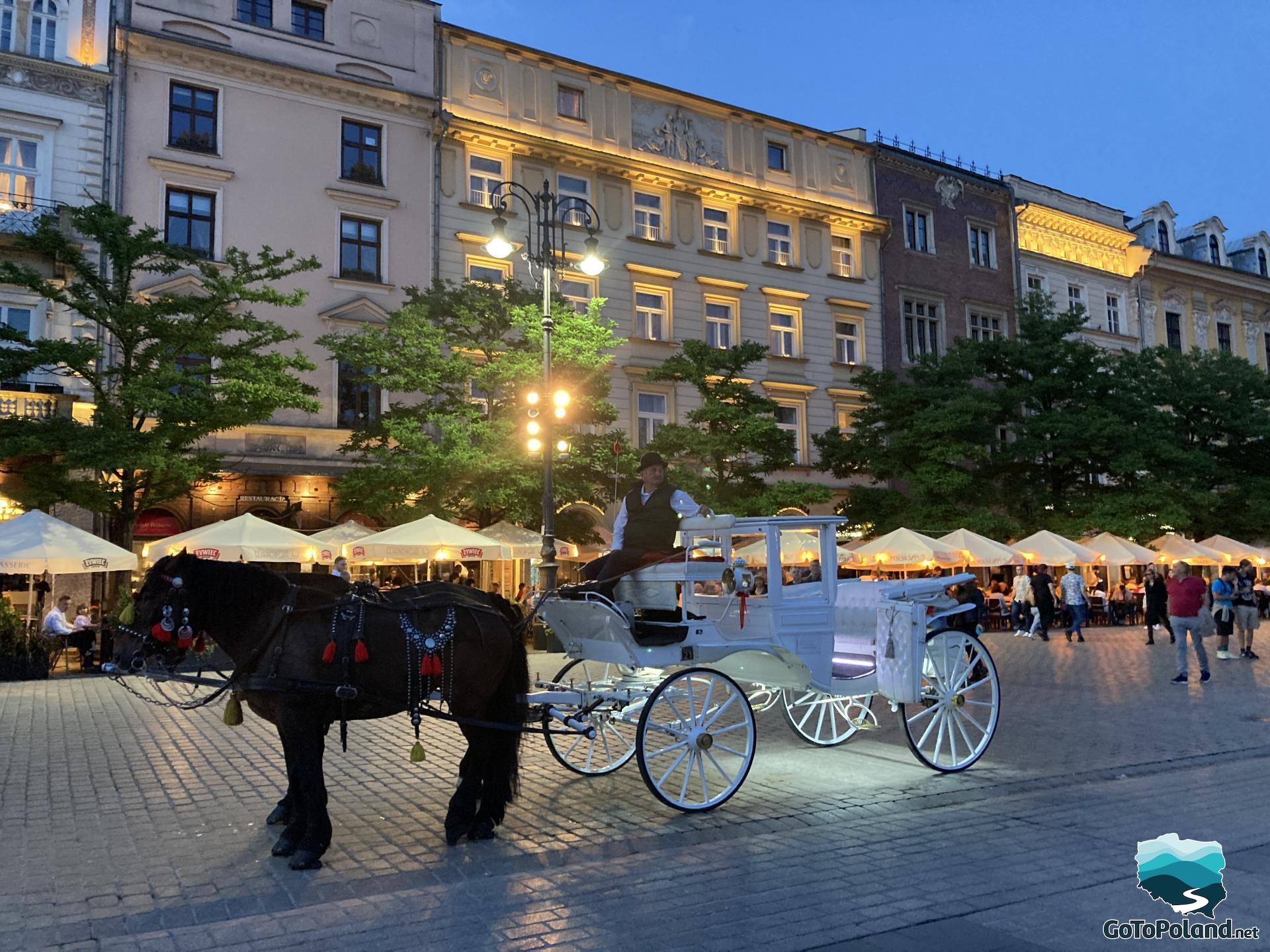
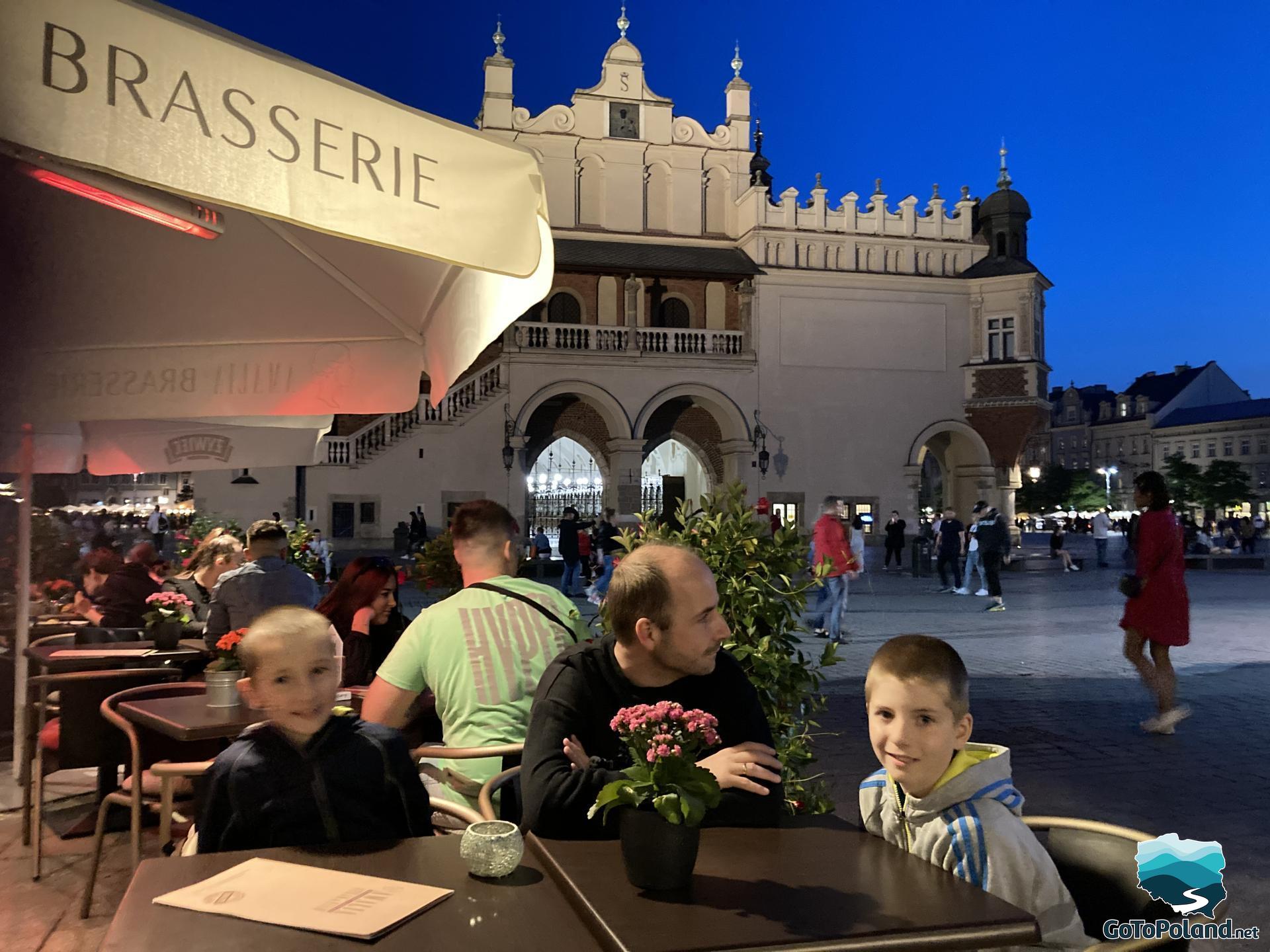

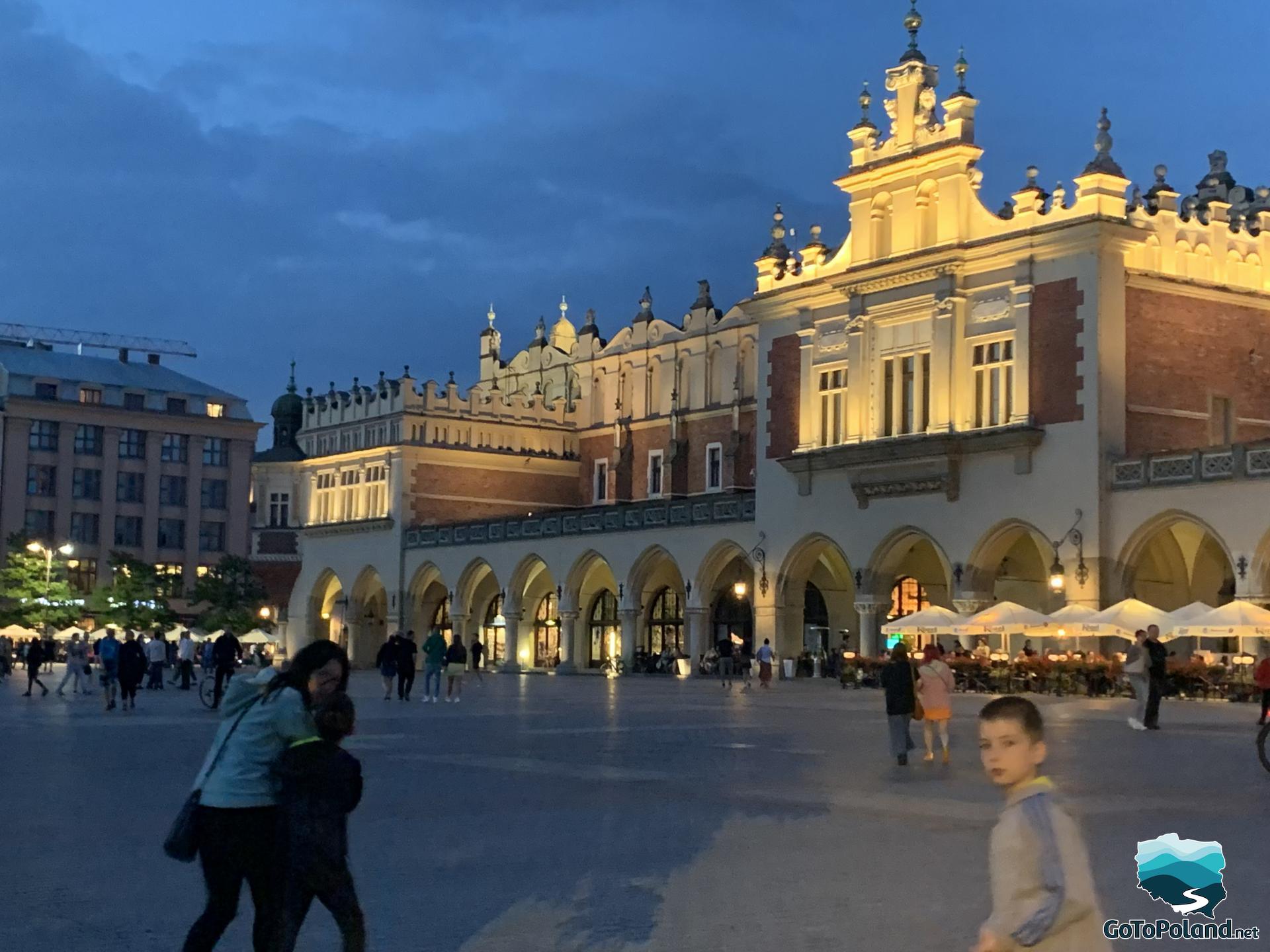
The photos are from a few days spent in Krakow.
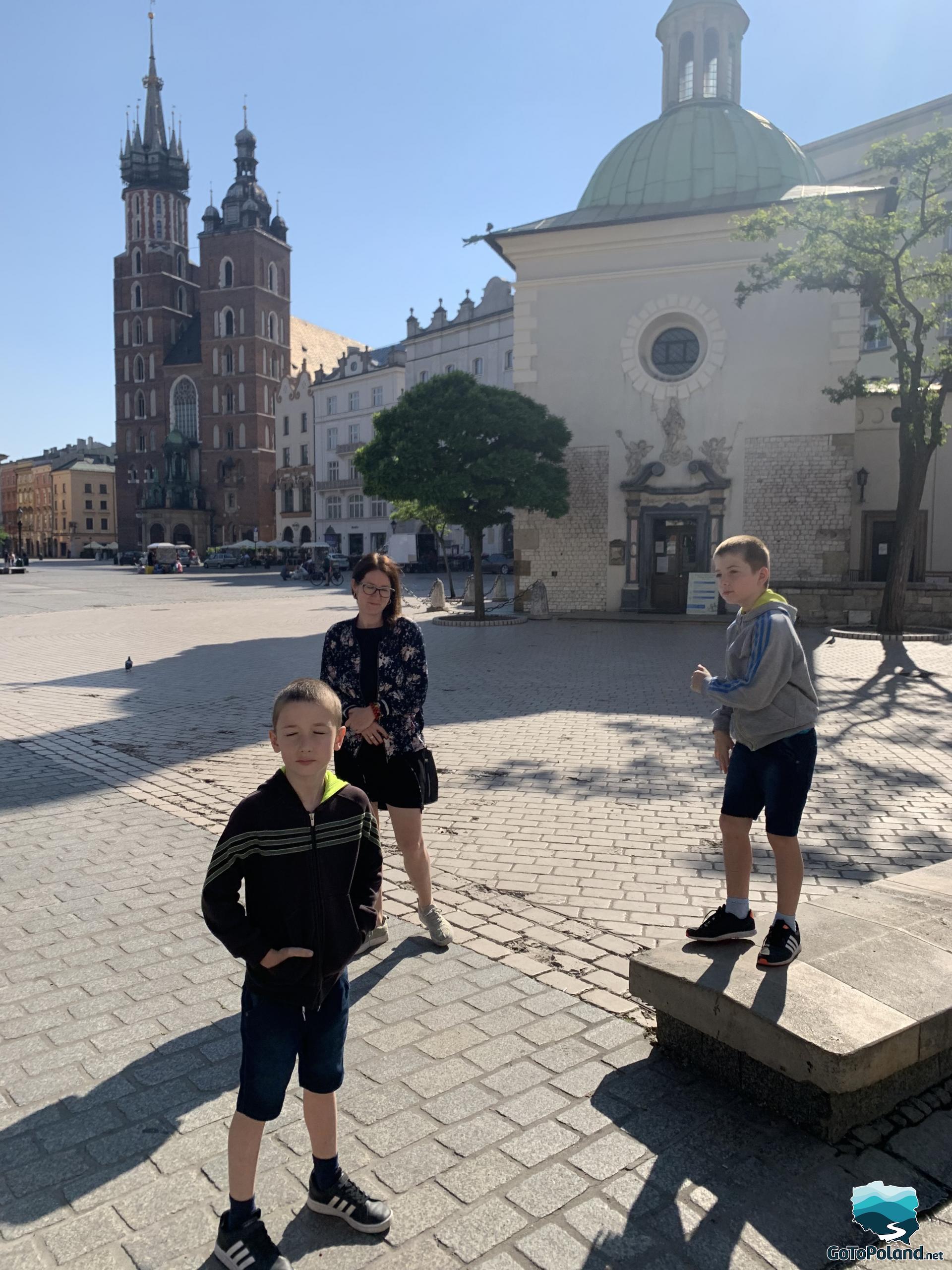
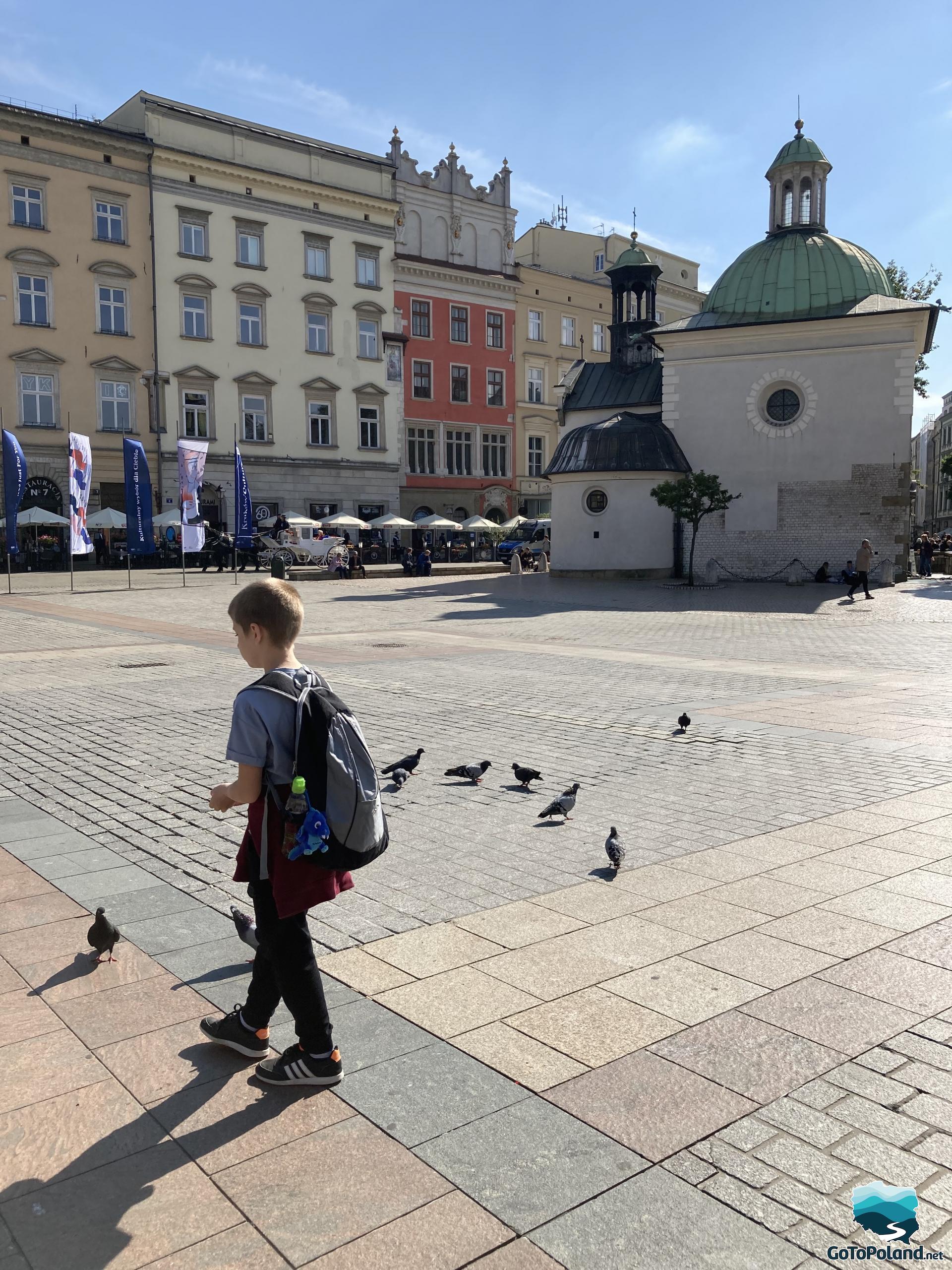
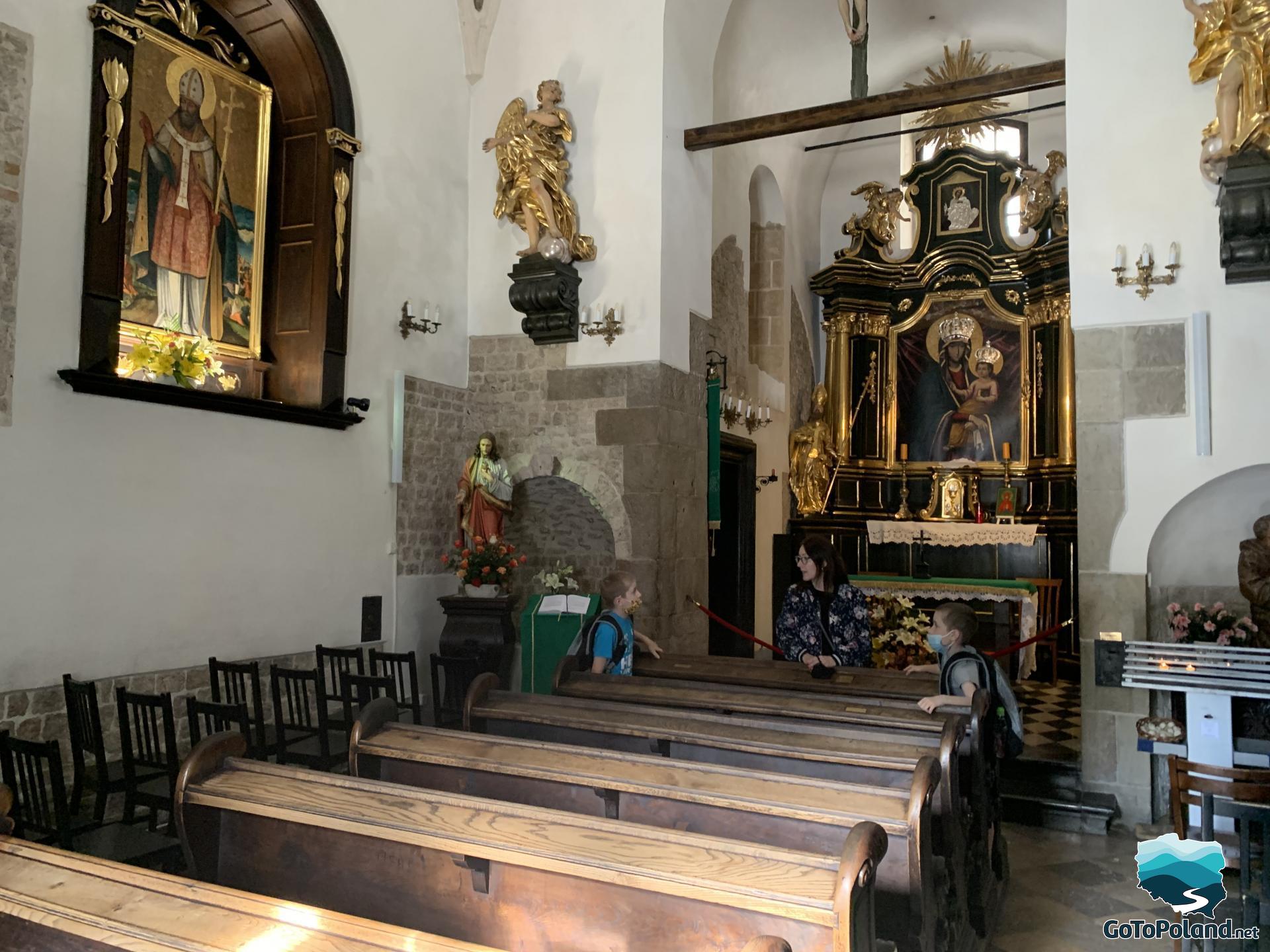
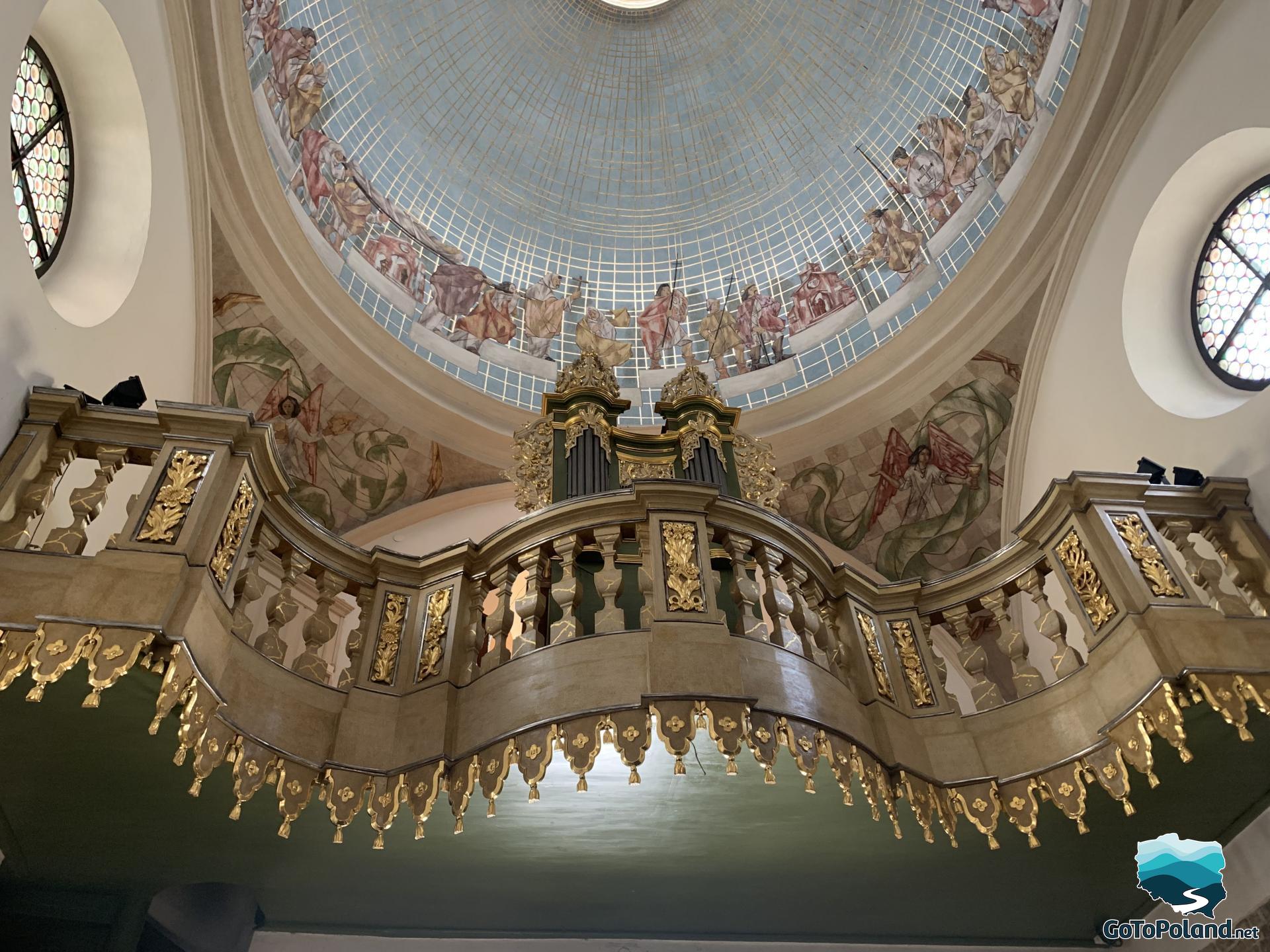
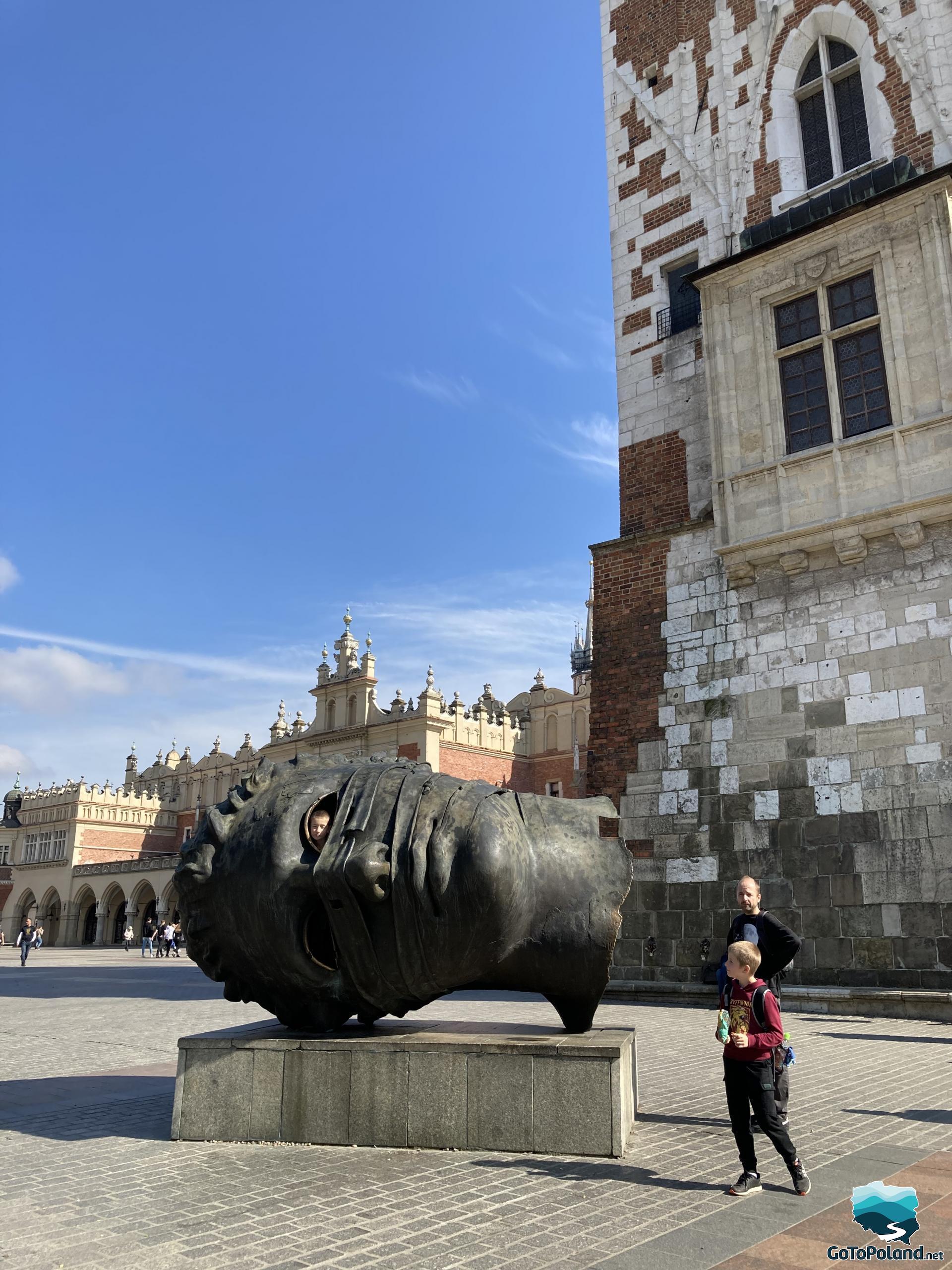
The Gothic town hall tower is the only remnant of the town hall, which was built here around 1300. The mayor had his office here, the councilors met here, the court, chancellery, archive and granary functioned here. On the ground floor of the Gothic tower, the city treasury was placed. In the basement of the tower, there was a prison and a torture chamber, where the executioner and his assistants extracted confessions from criminals. Currently, it is the only relict of the first seat of the city authorities.
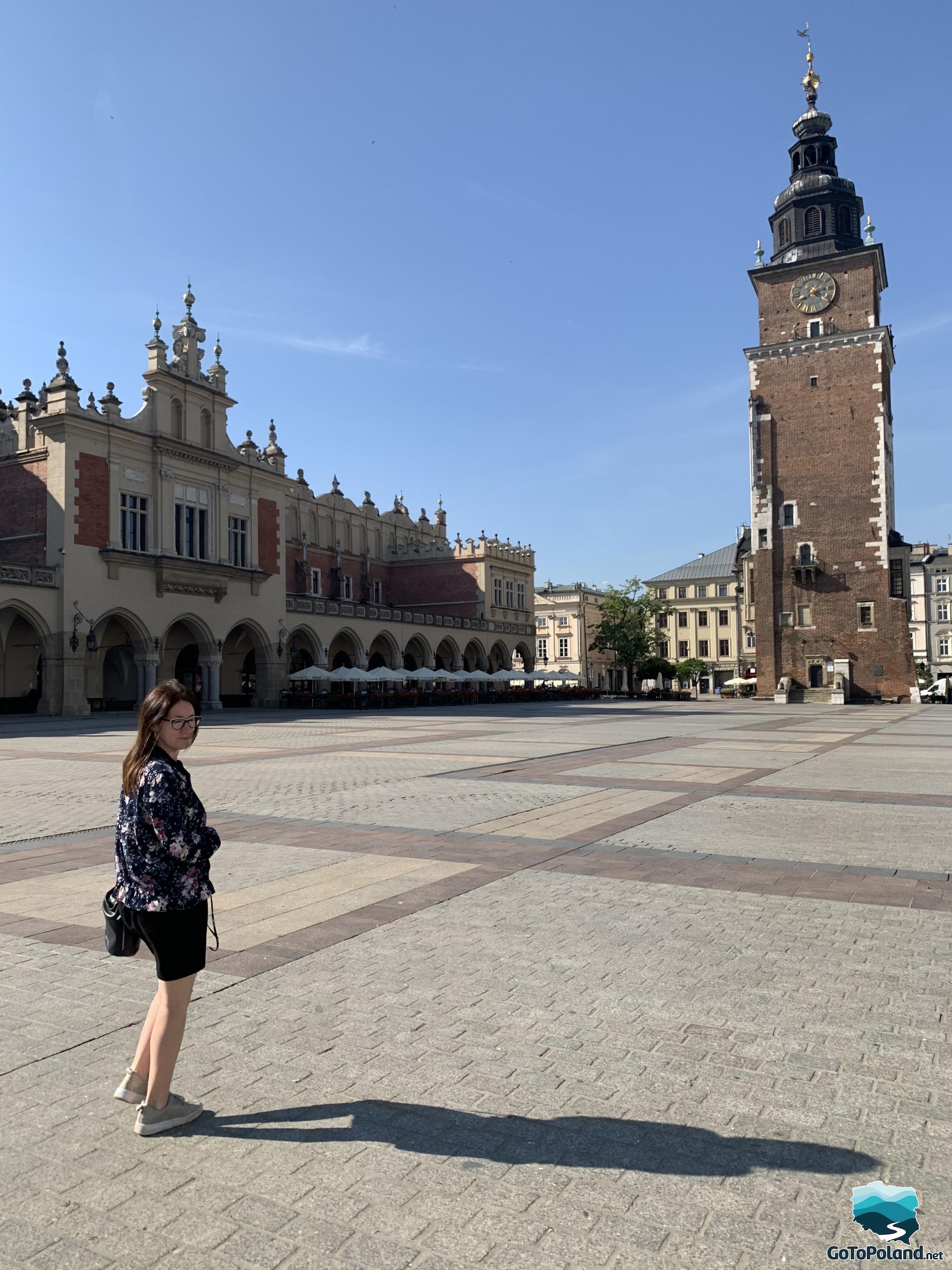
Almost all the Main Square on one panoramic photo.
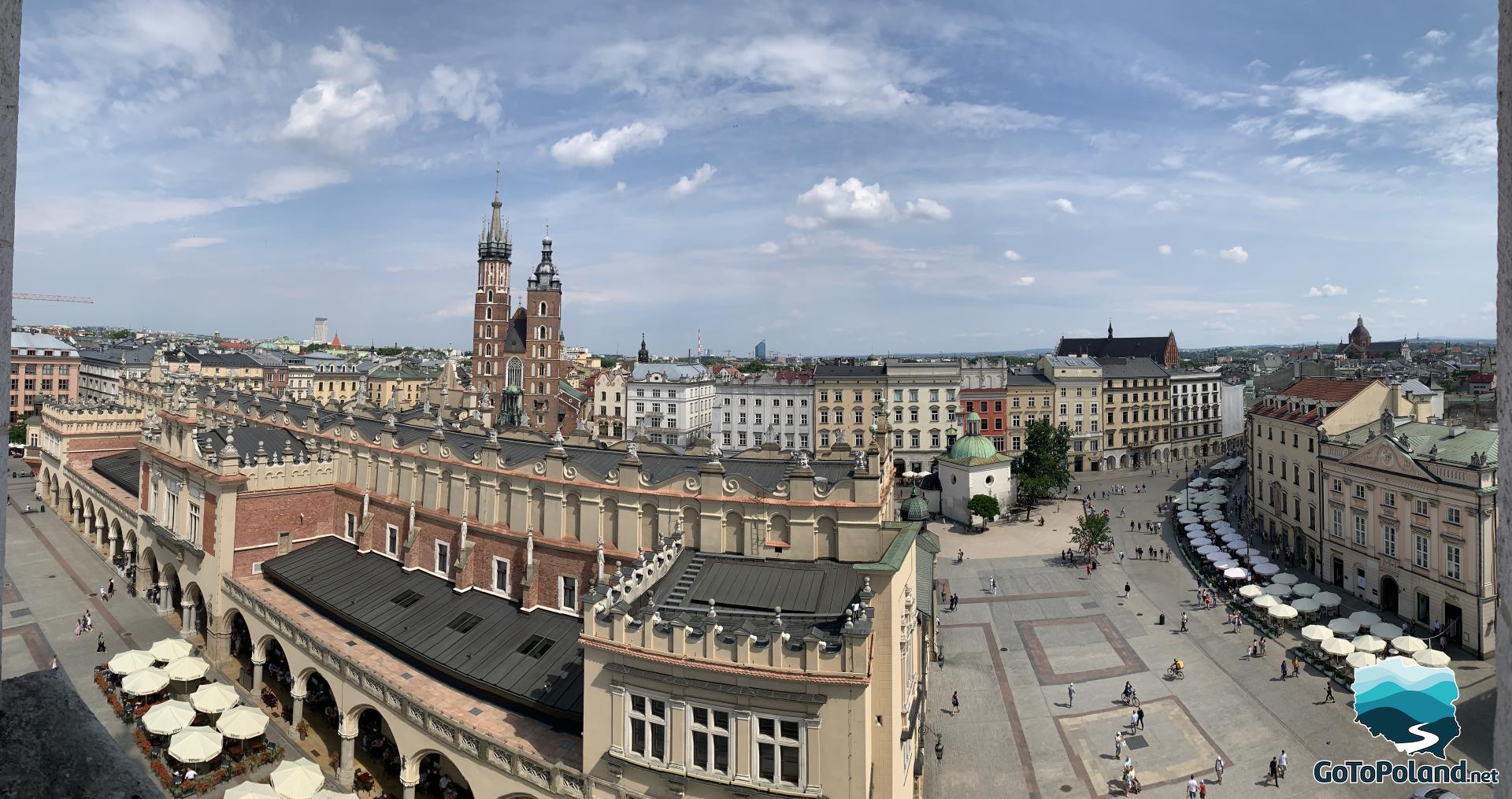
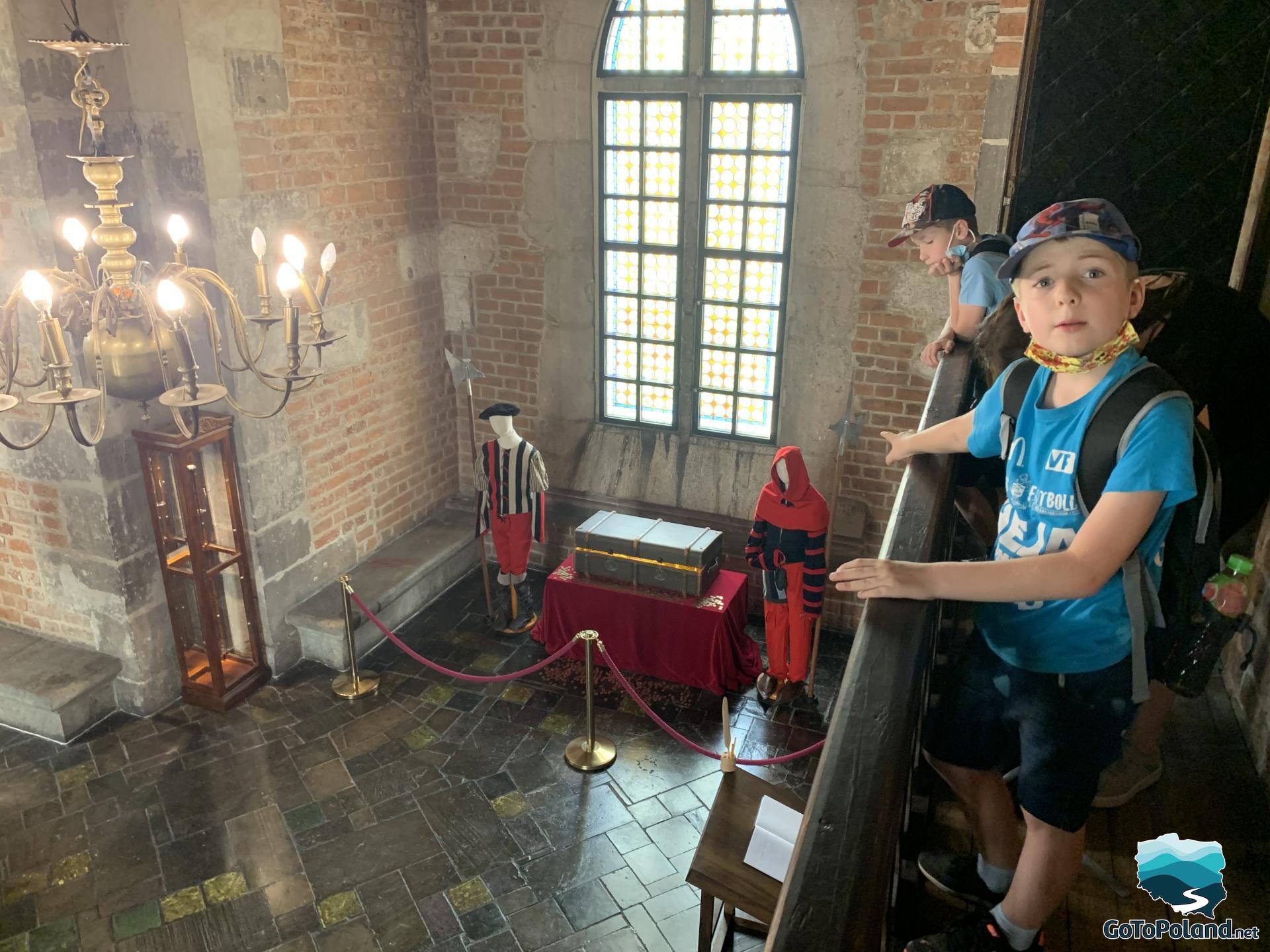
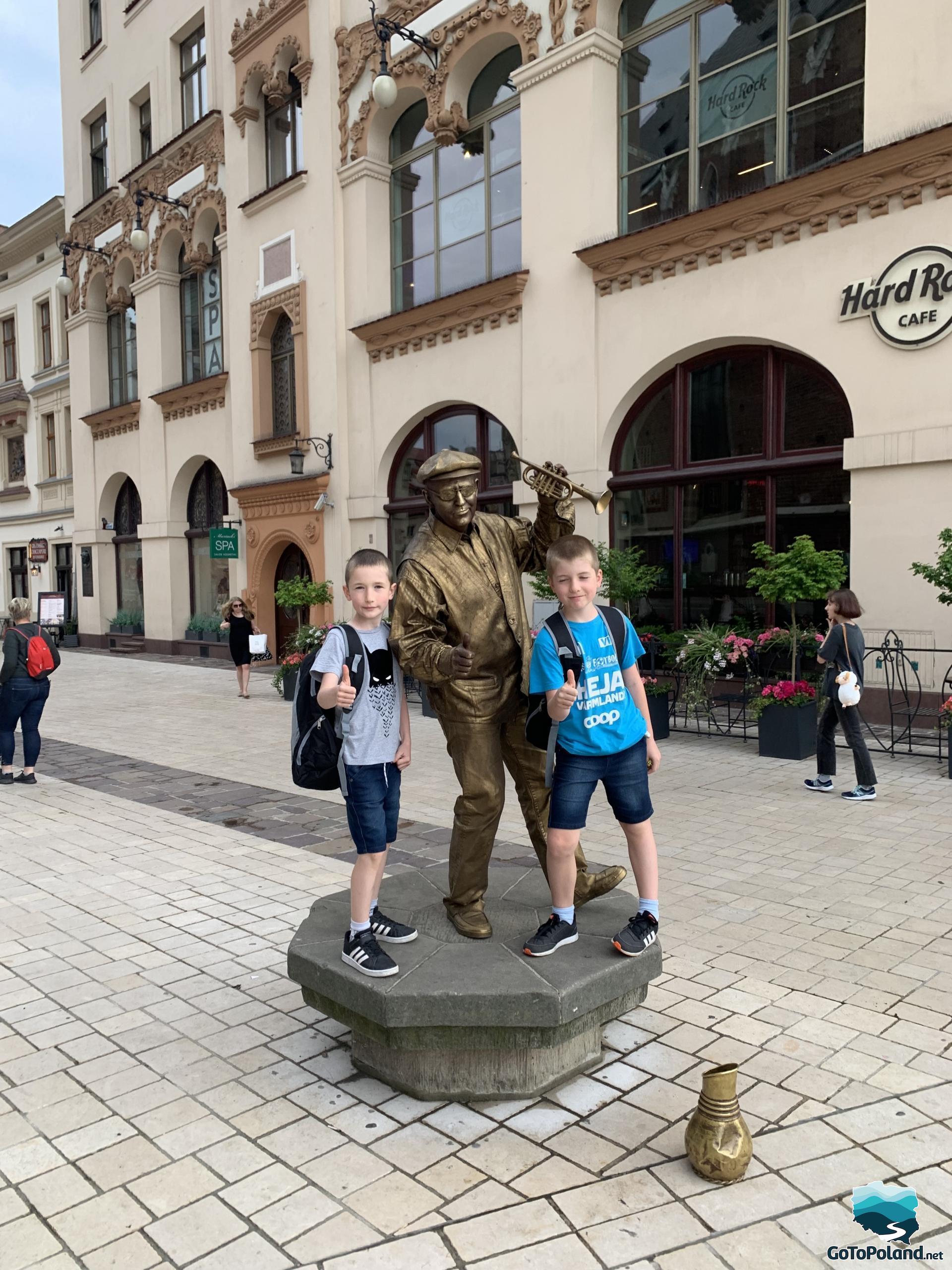
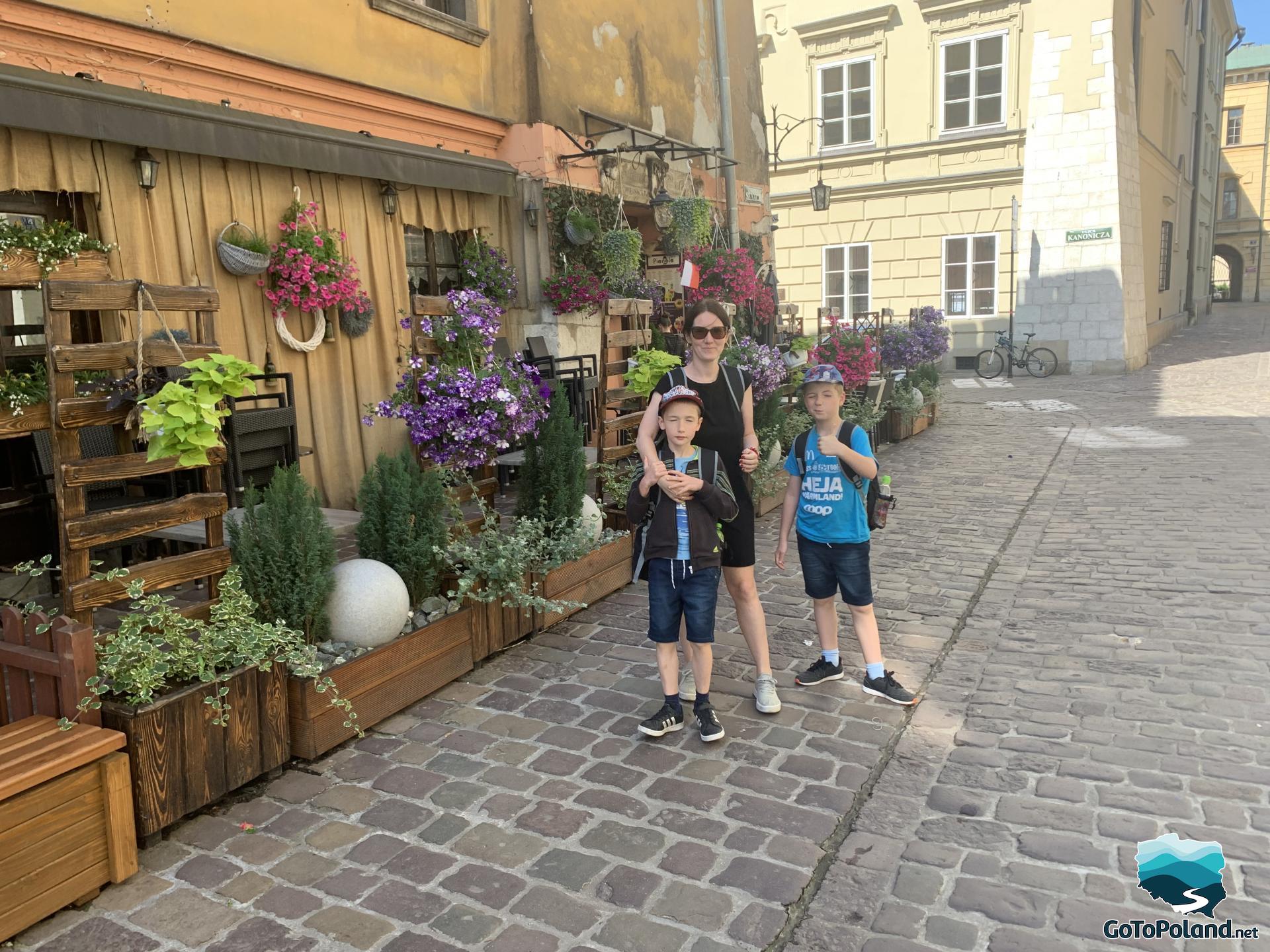
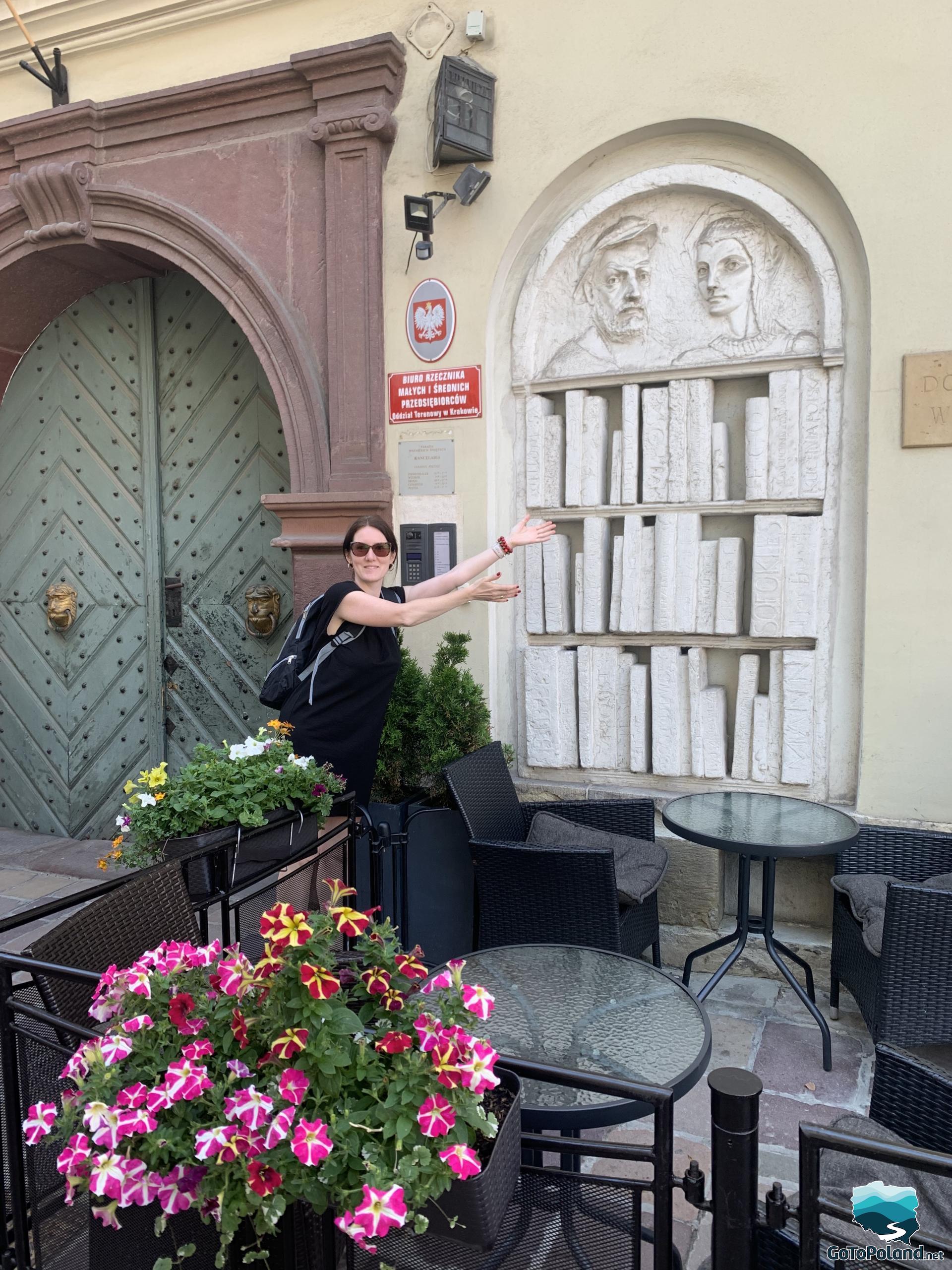

There is a superstition that if high school graduates want to pass their final exams, they have to jump over a chain on one leg. If they do this, the matura exam will be passed. So about 100 days before the exams they come here and jump :)
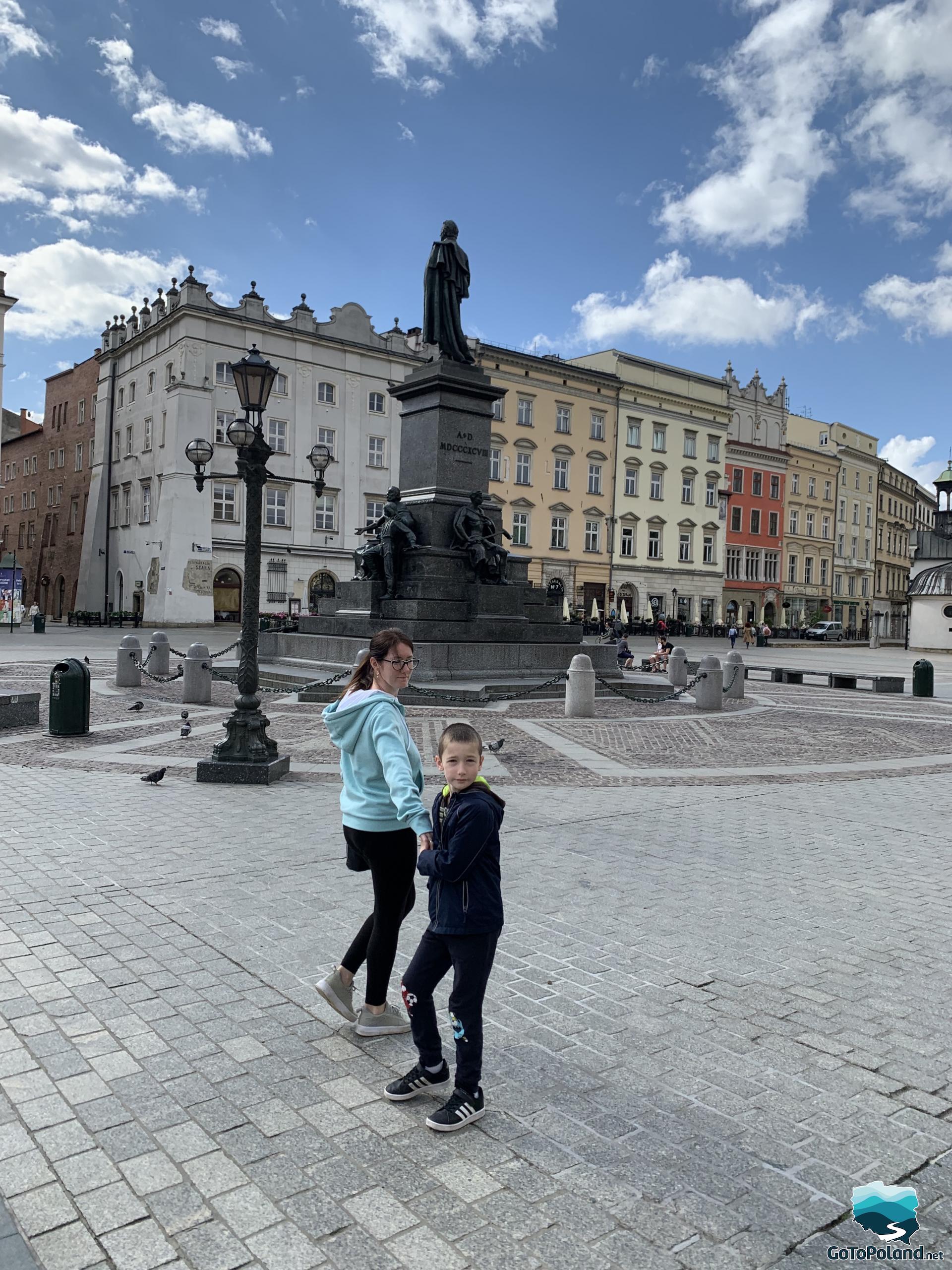
How to get to the Main Market Square in Kraków

